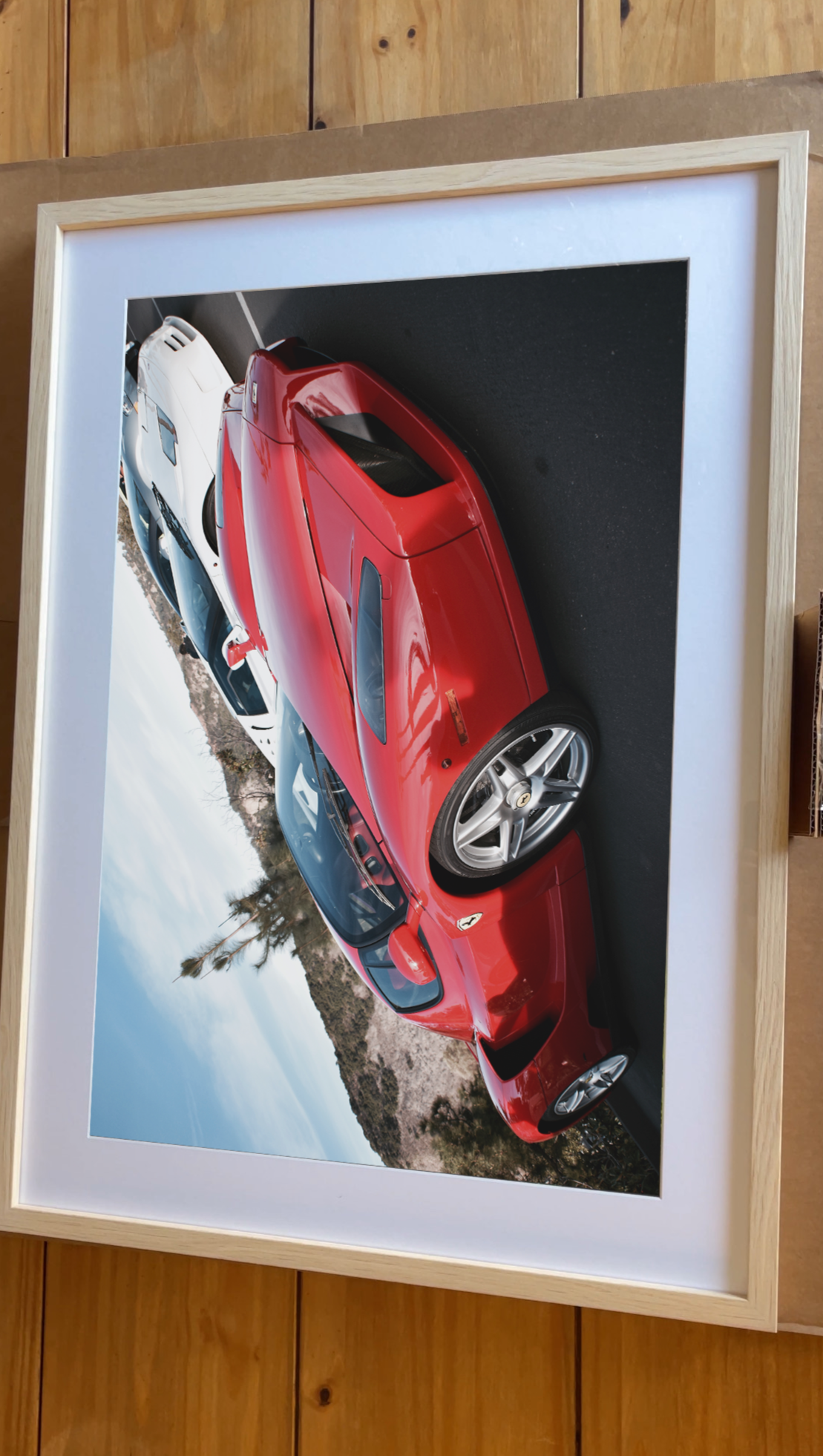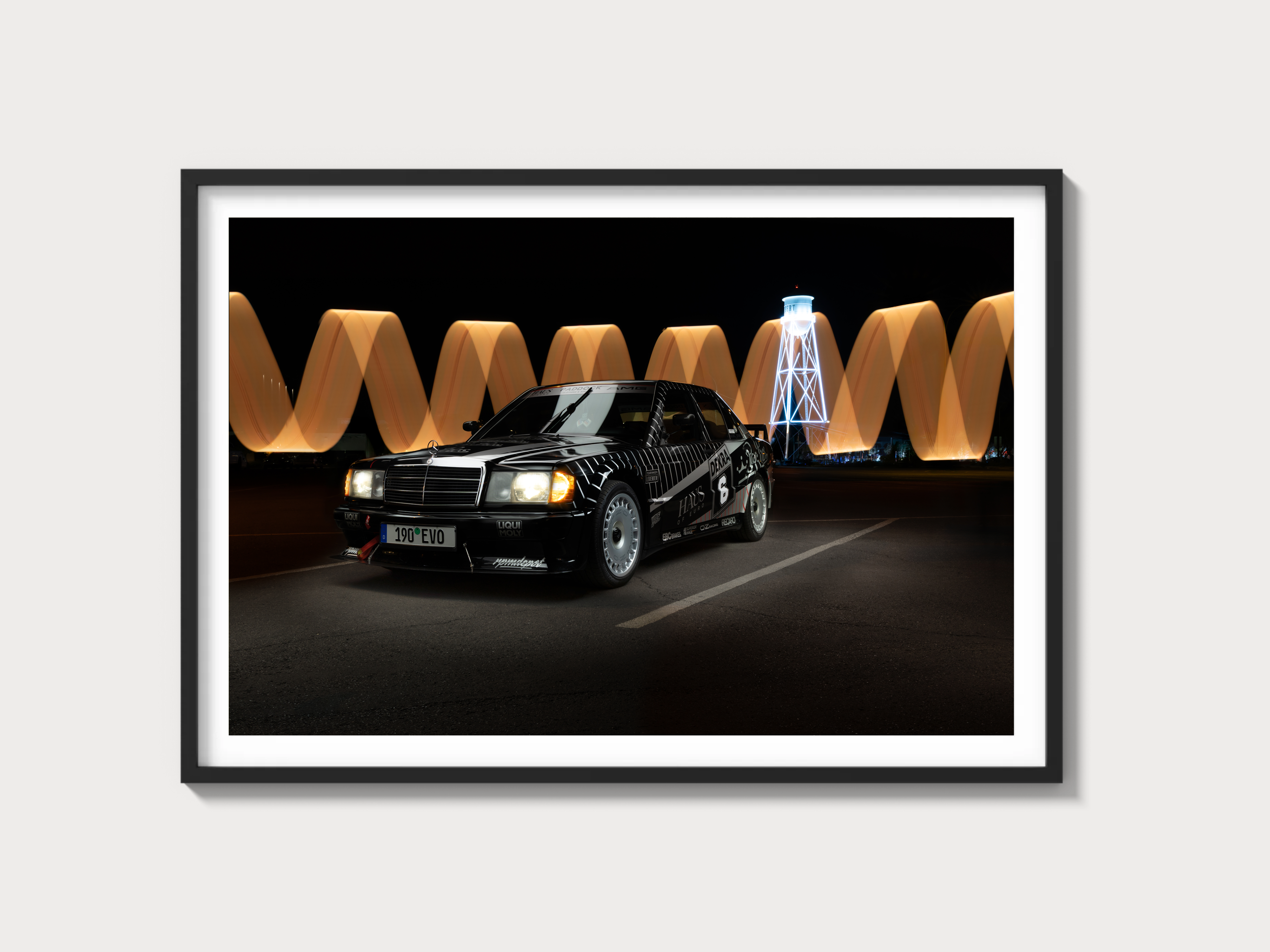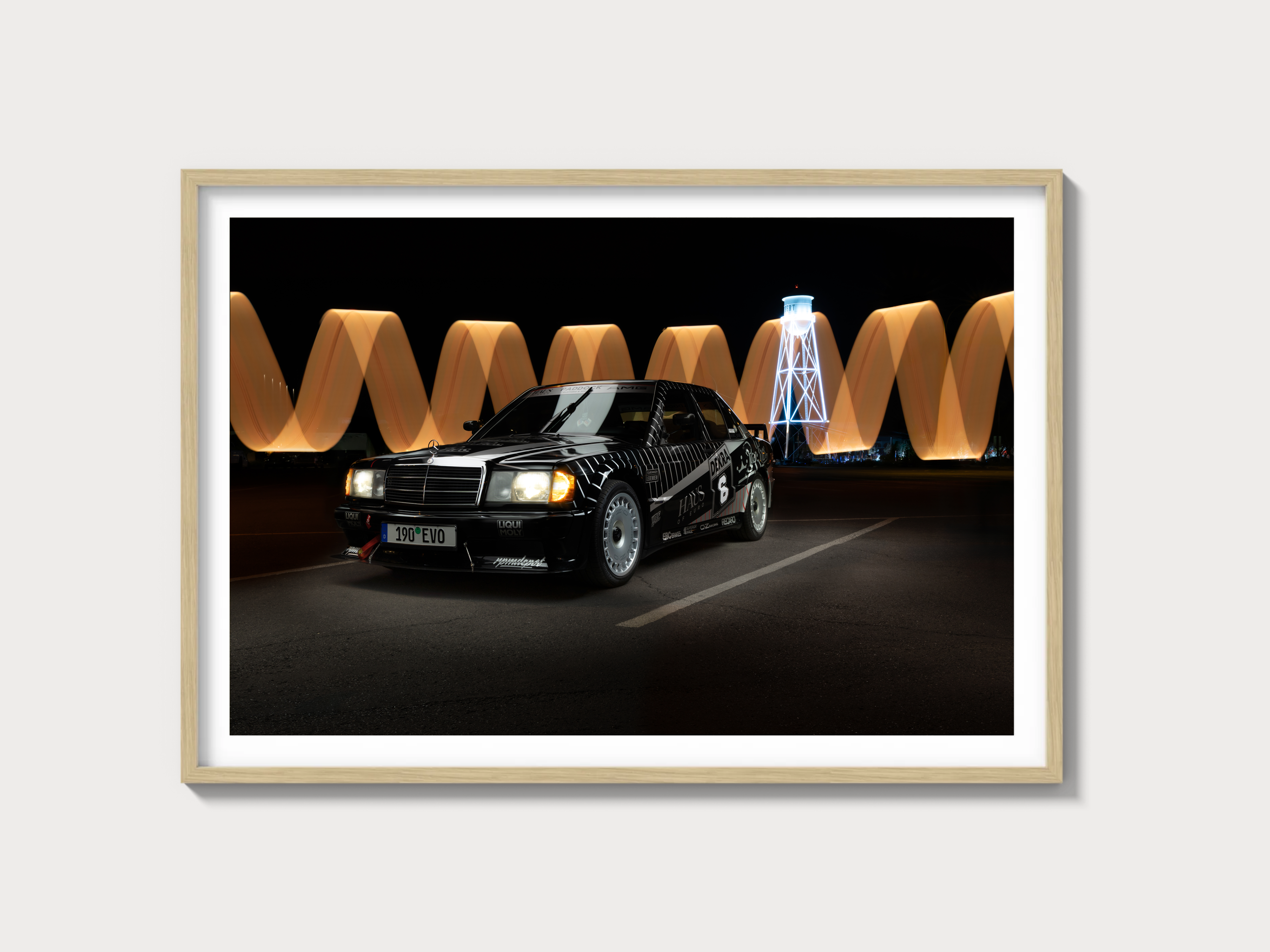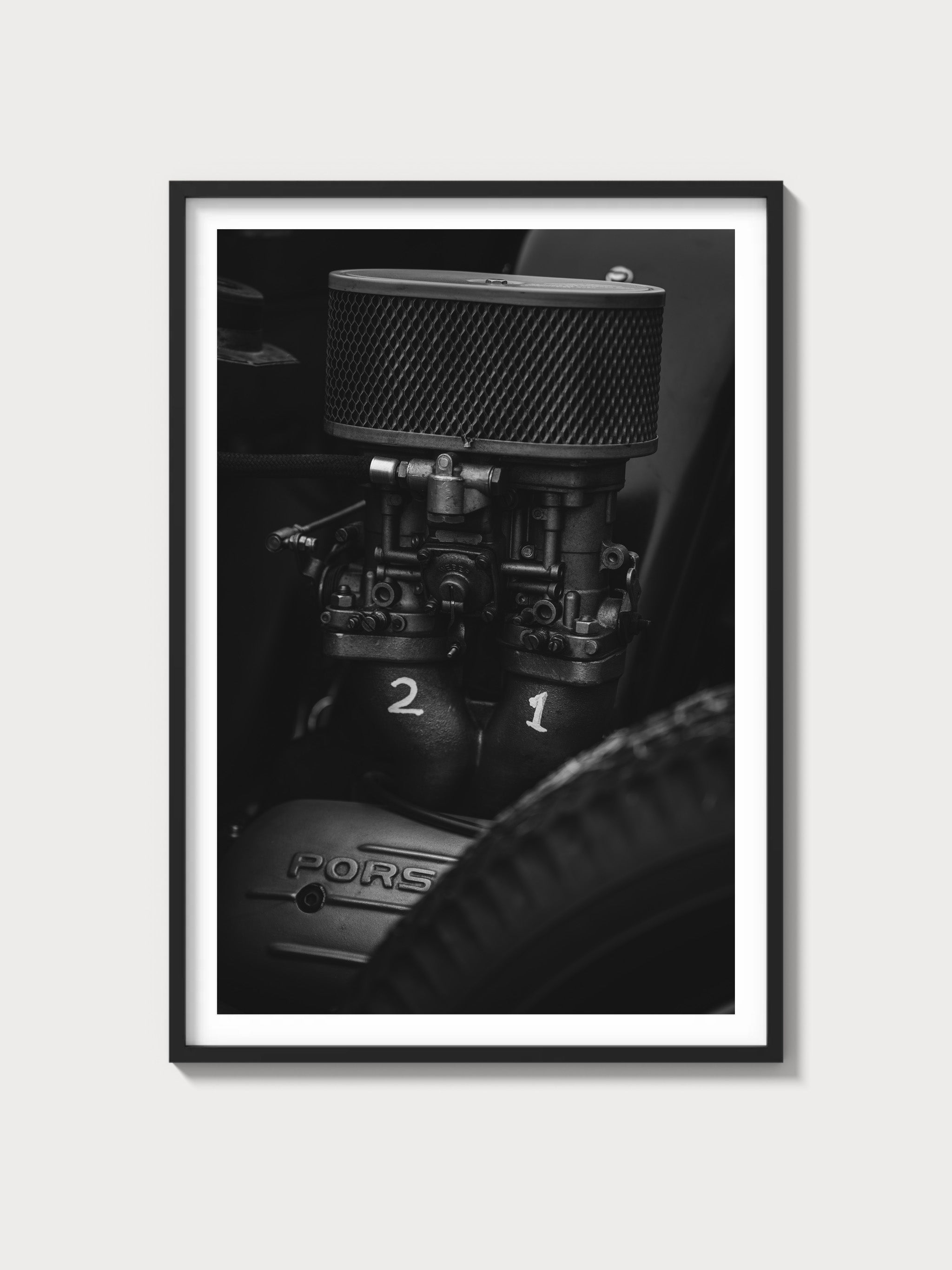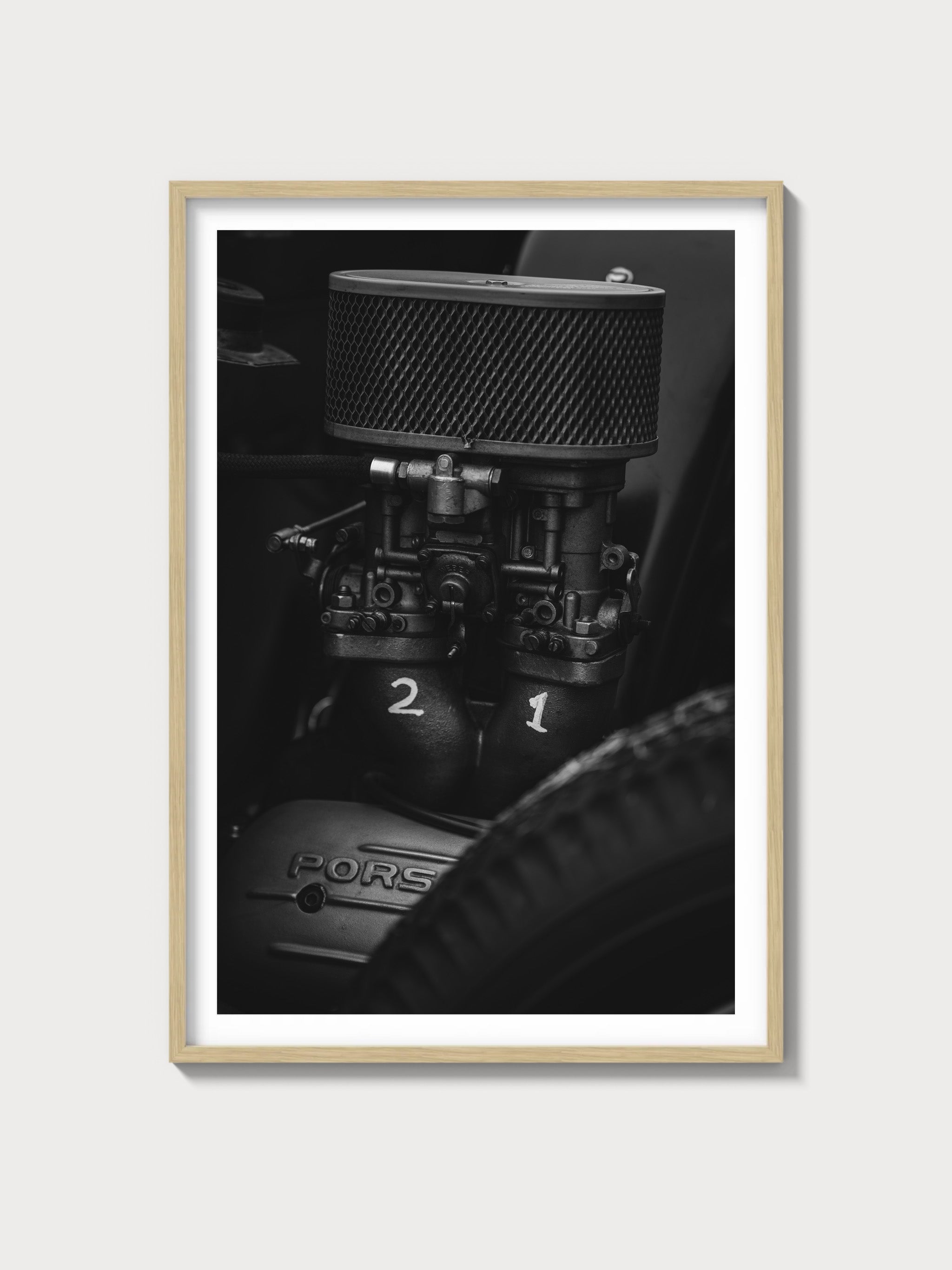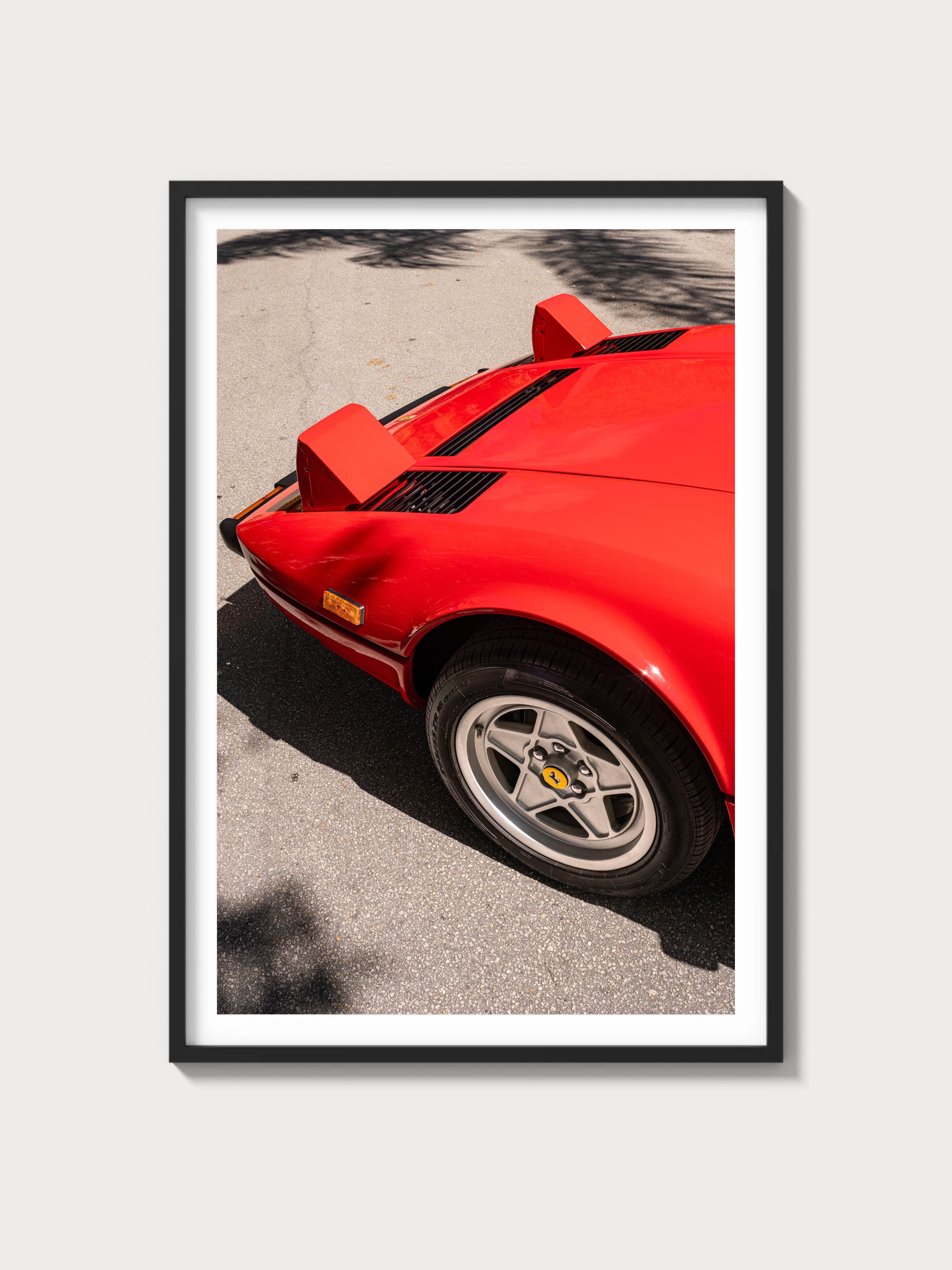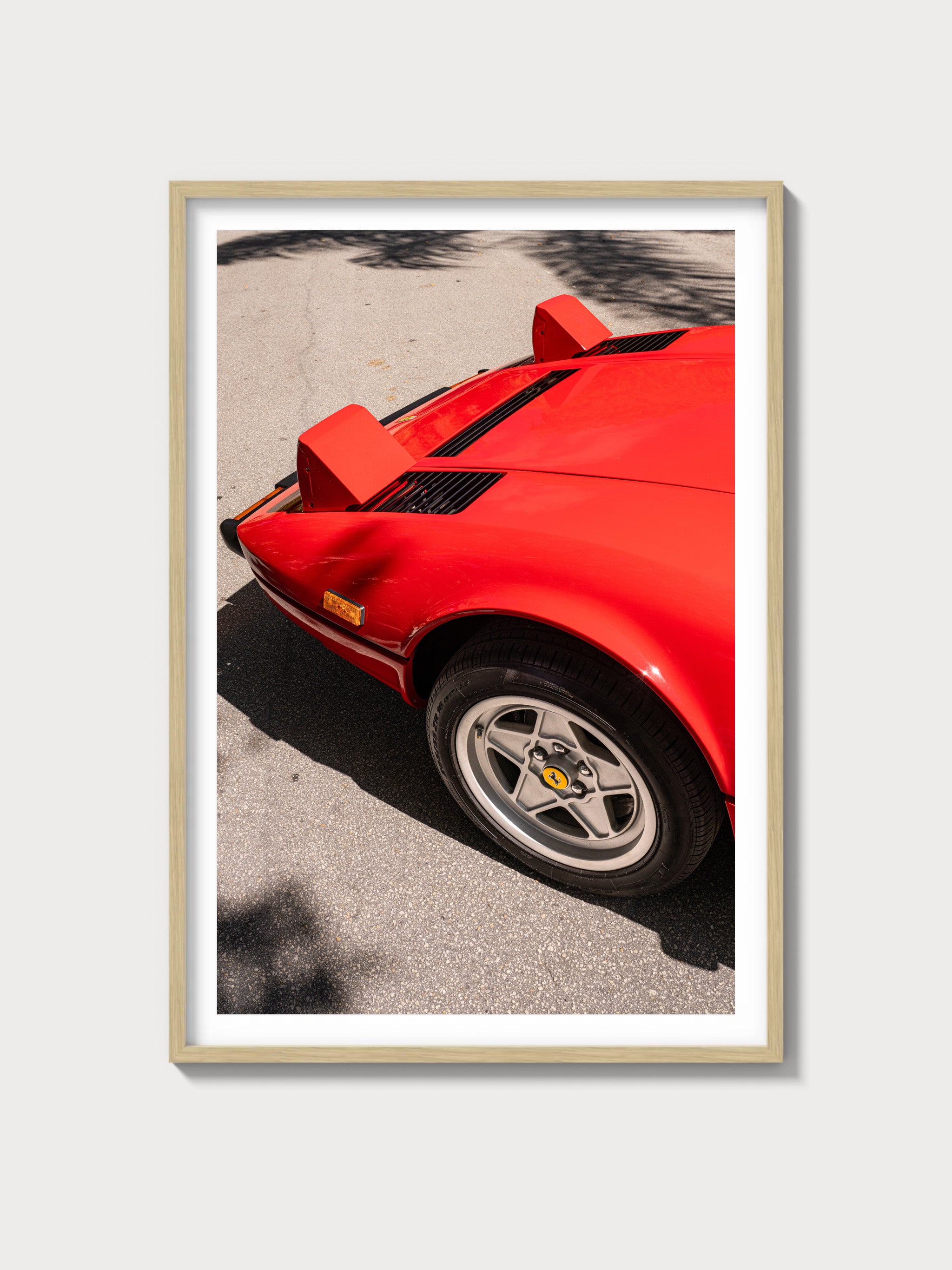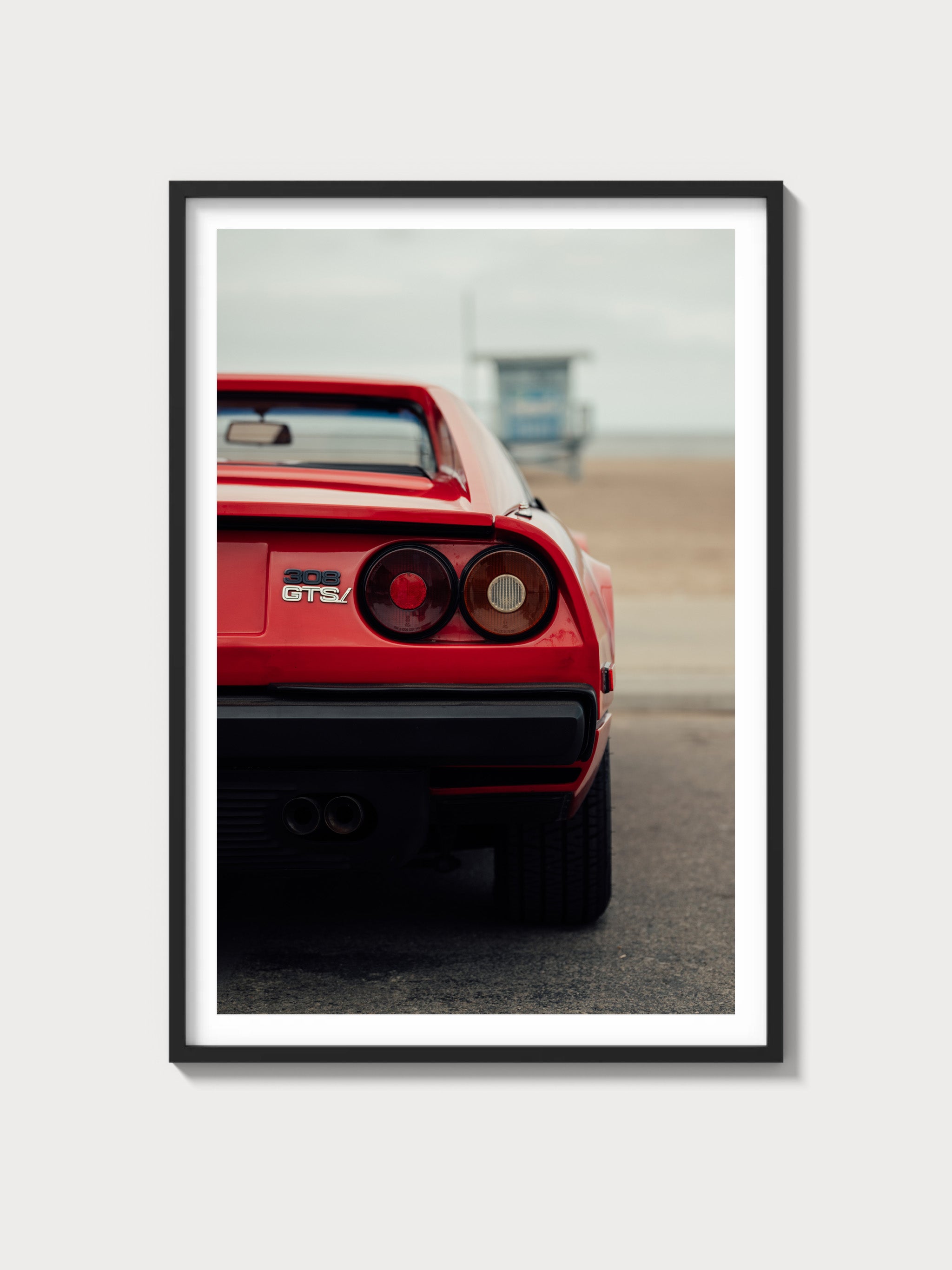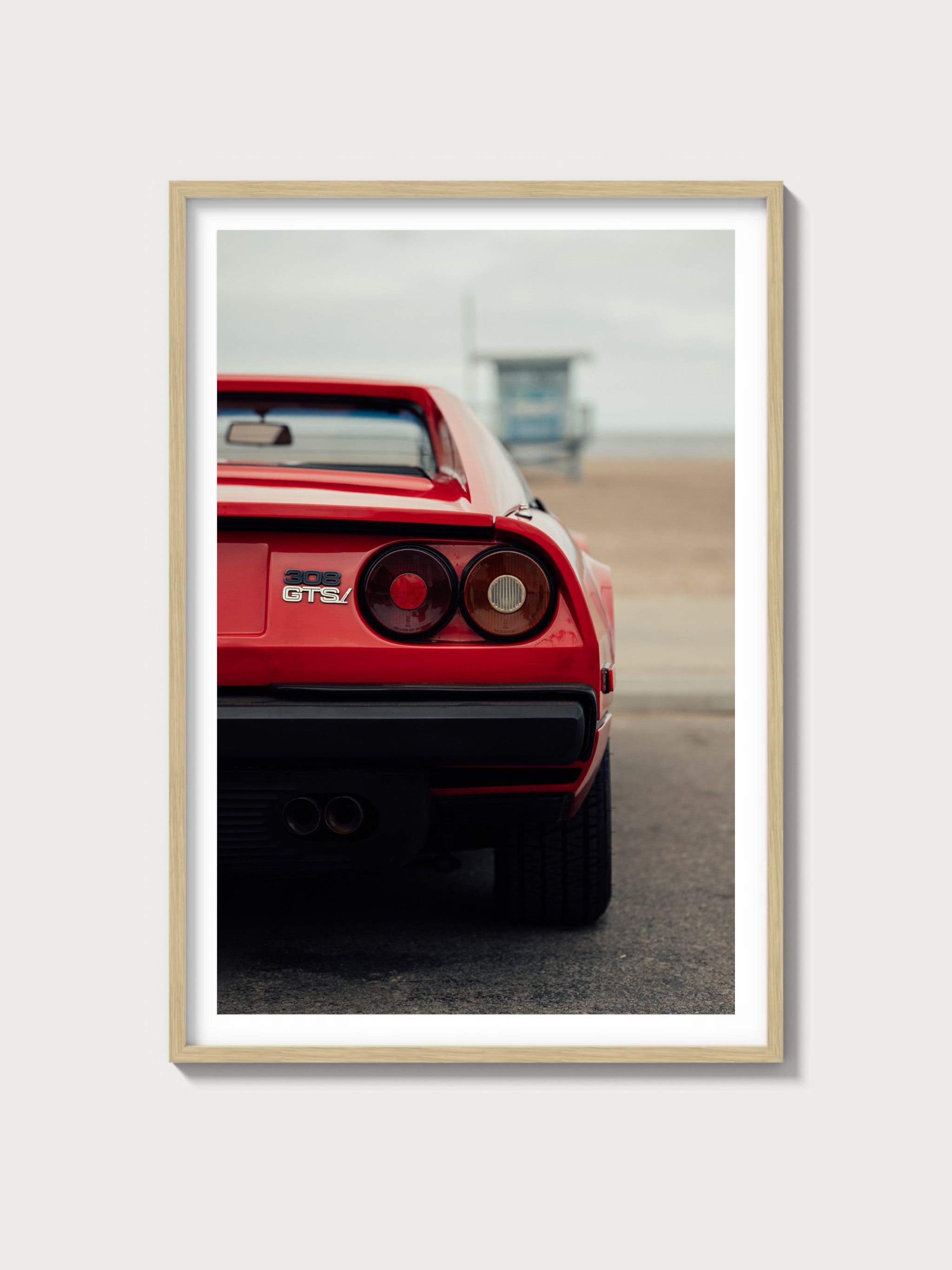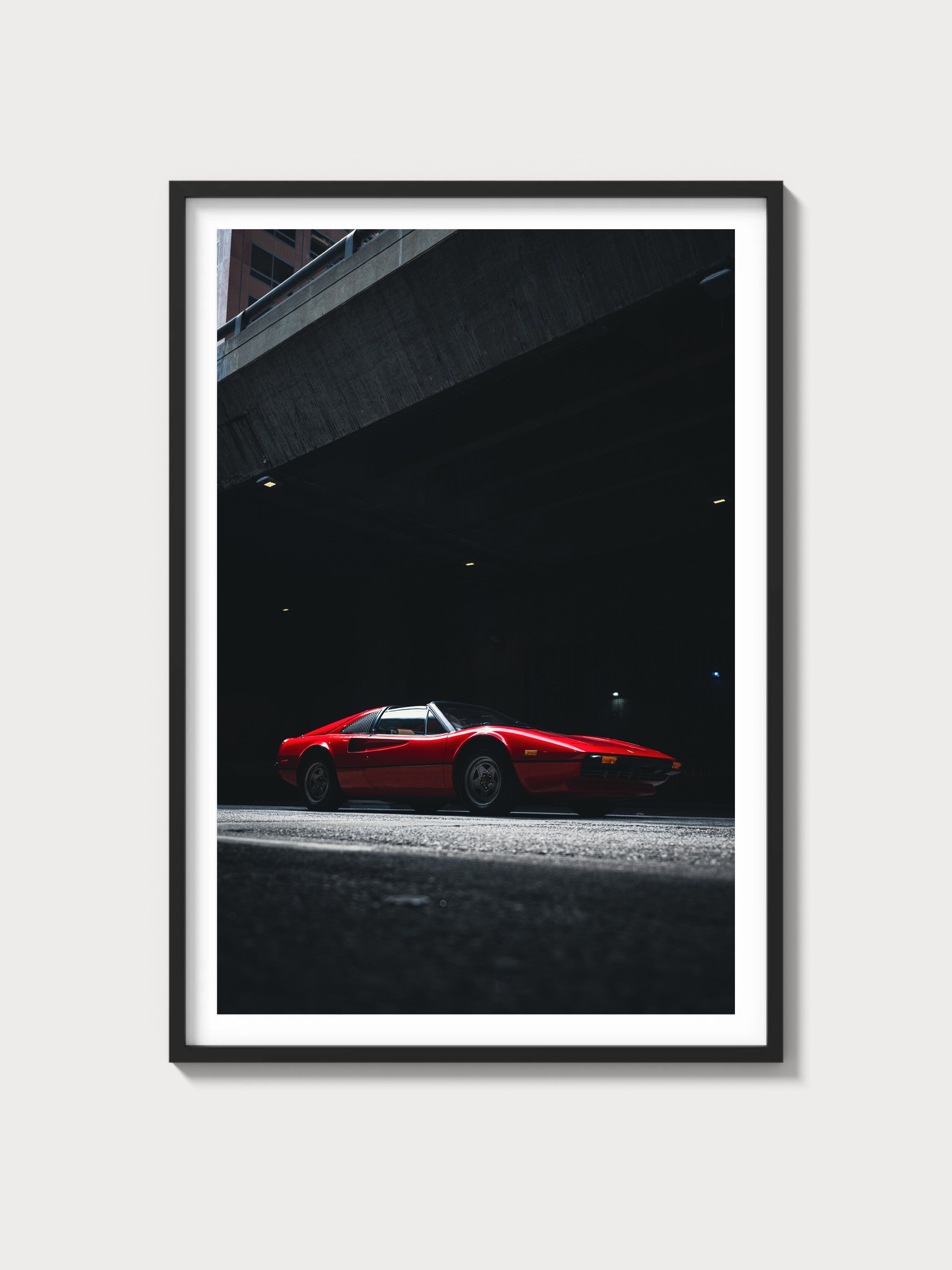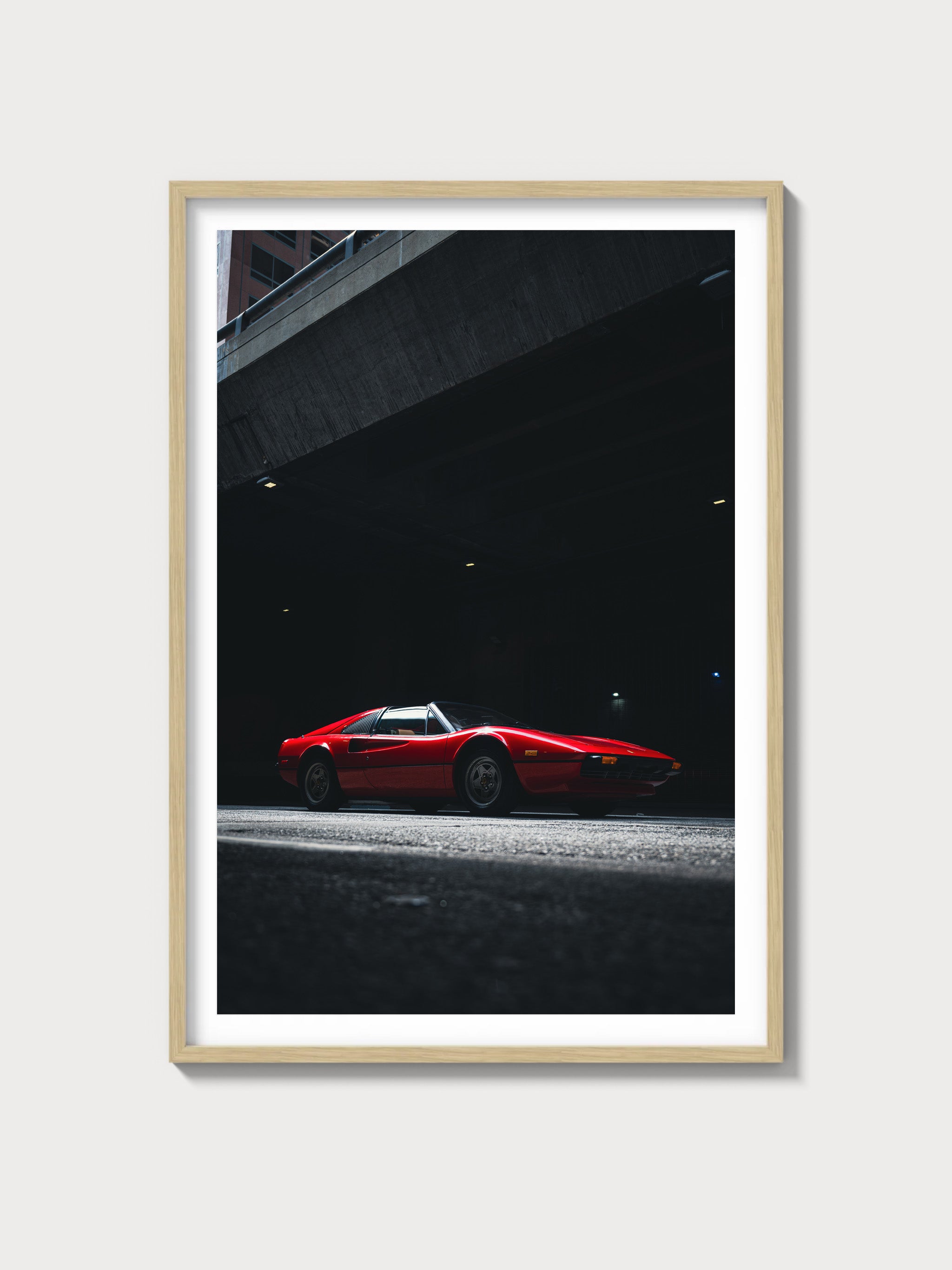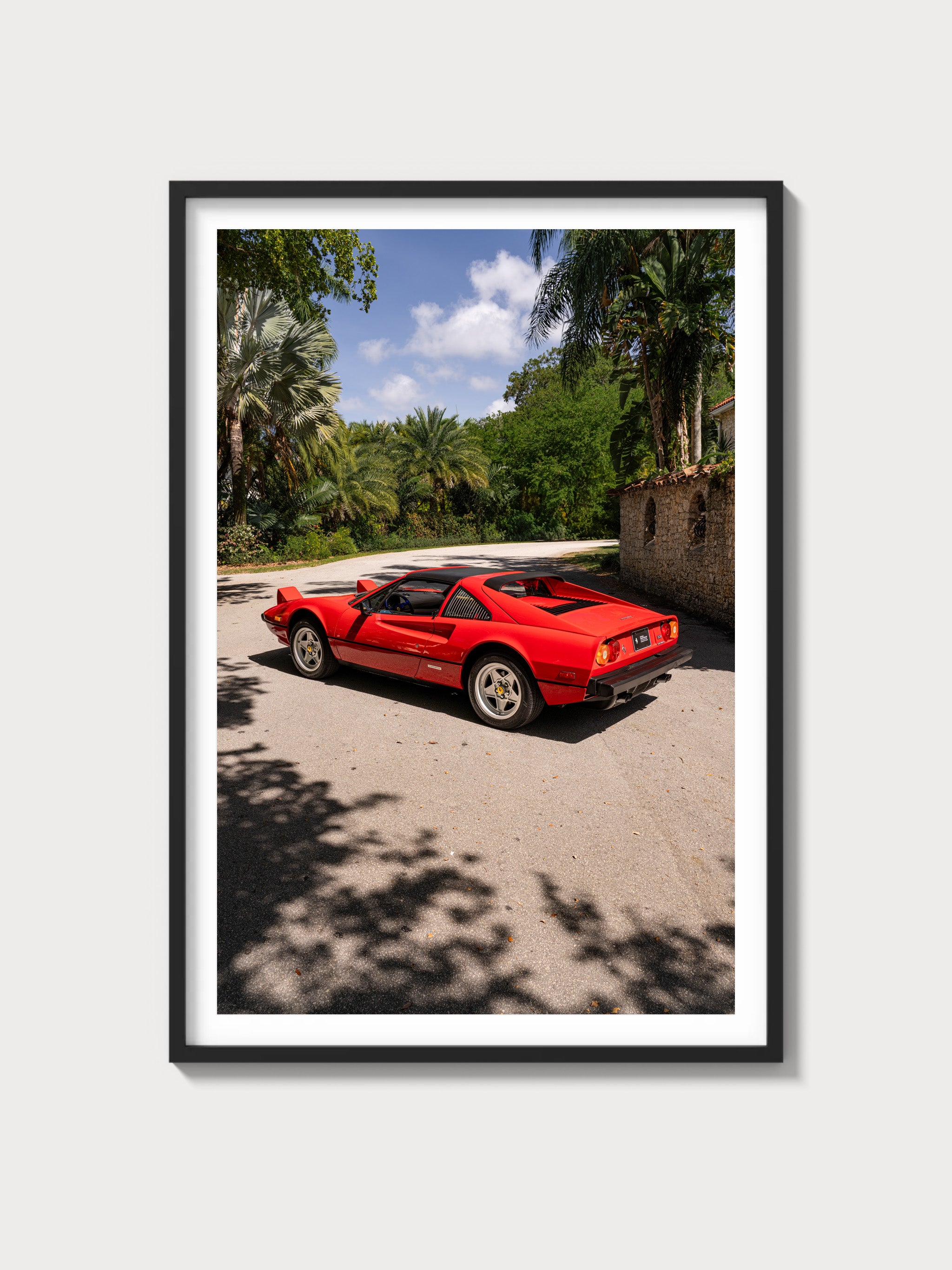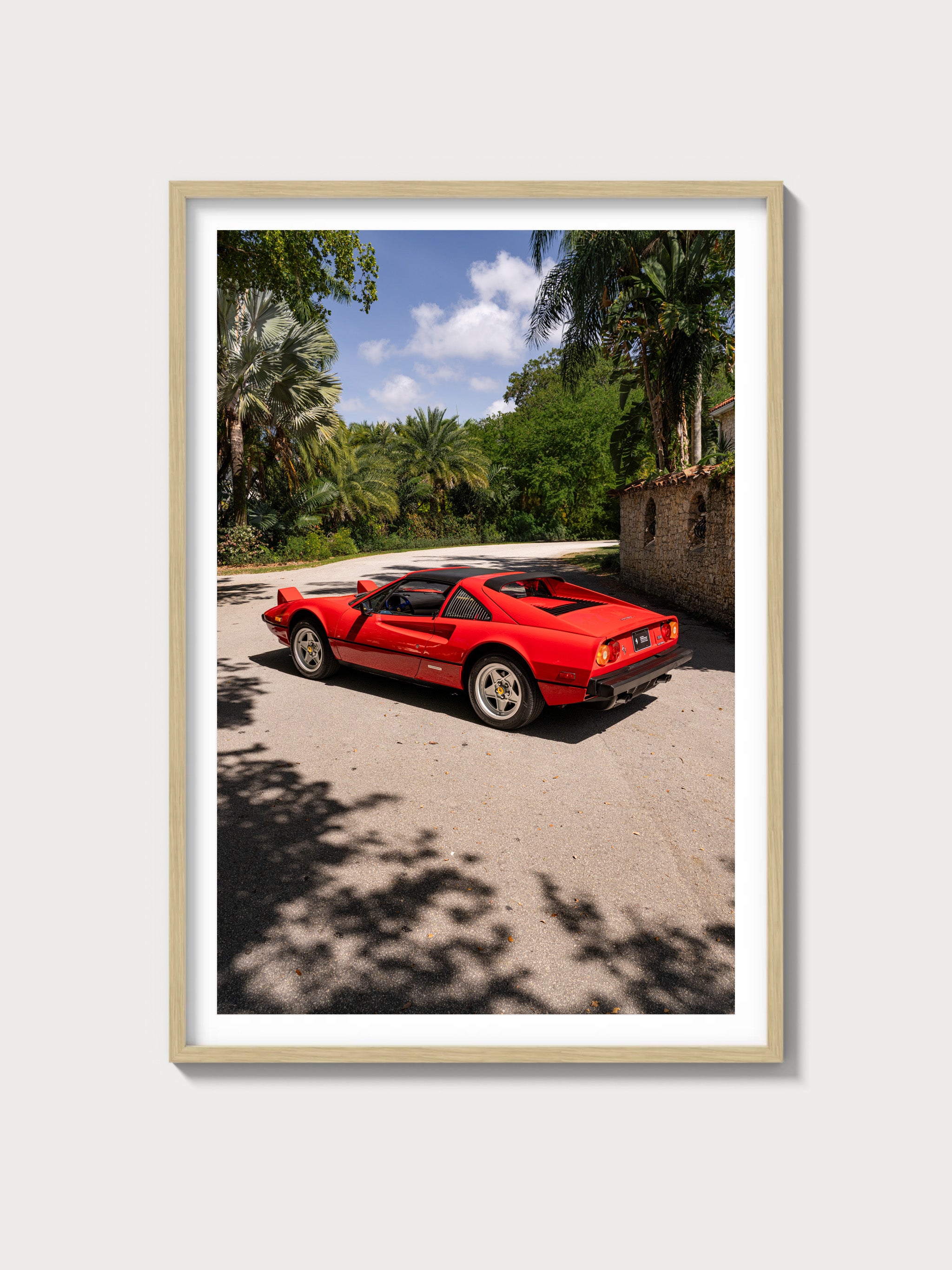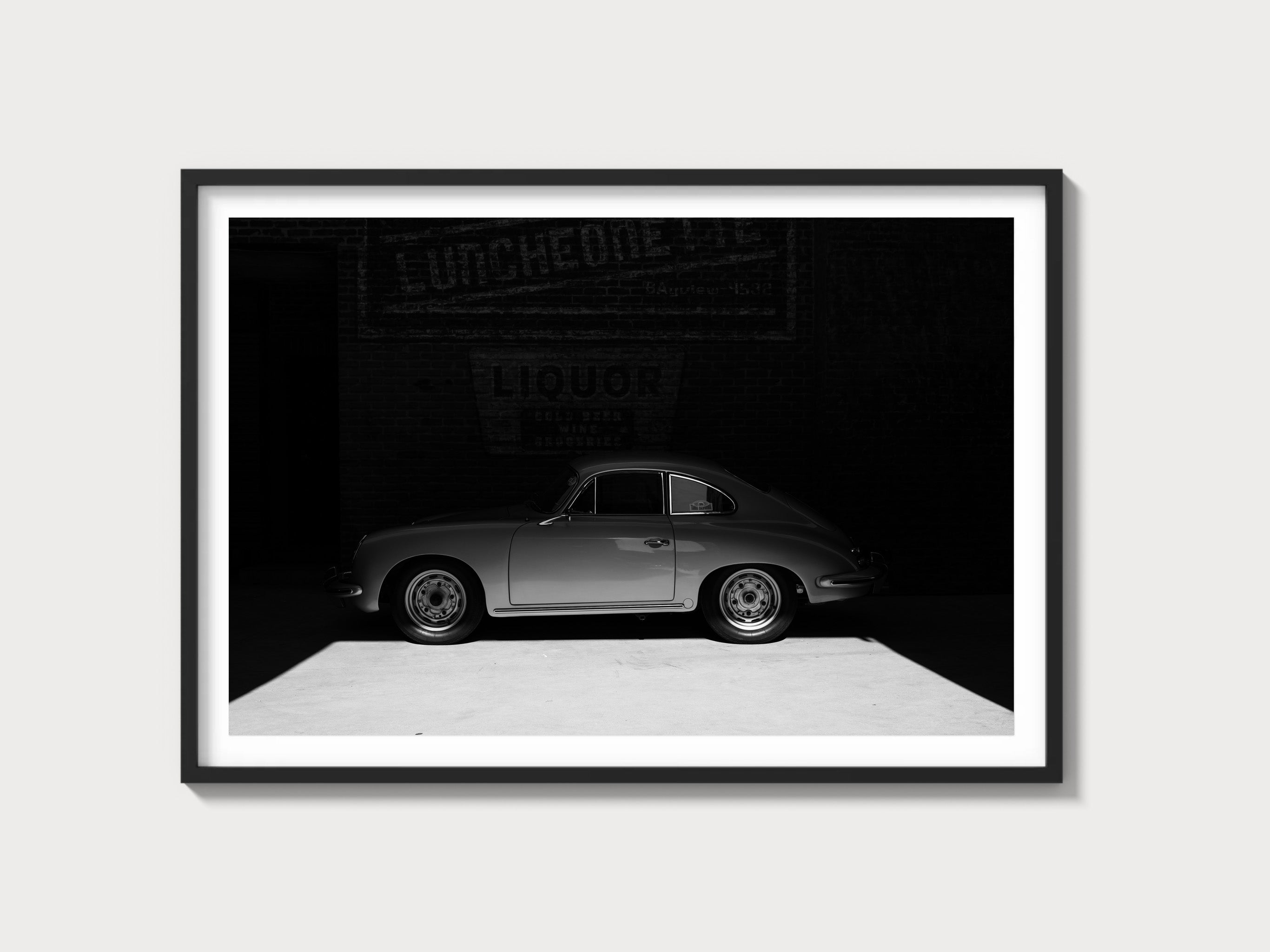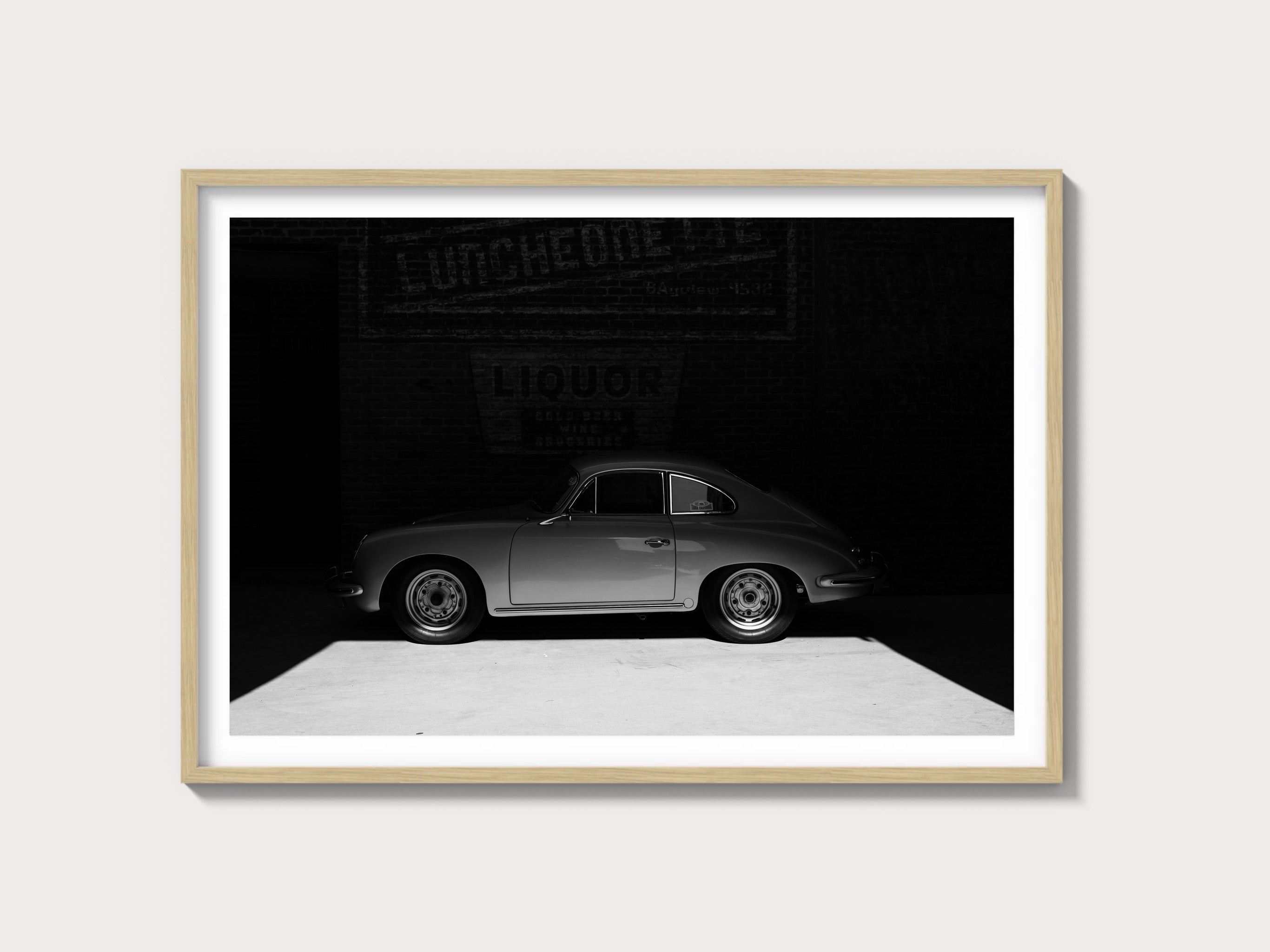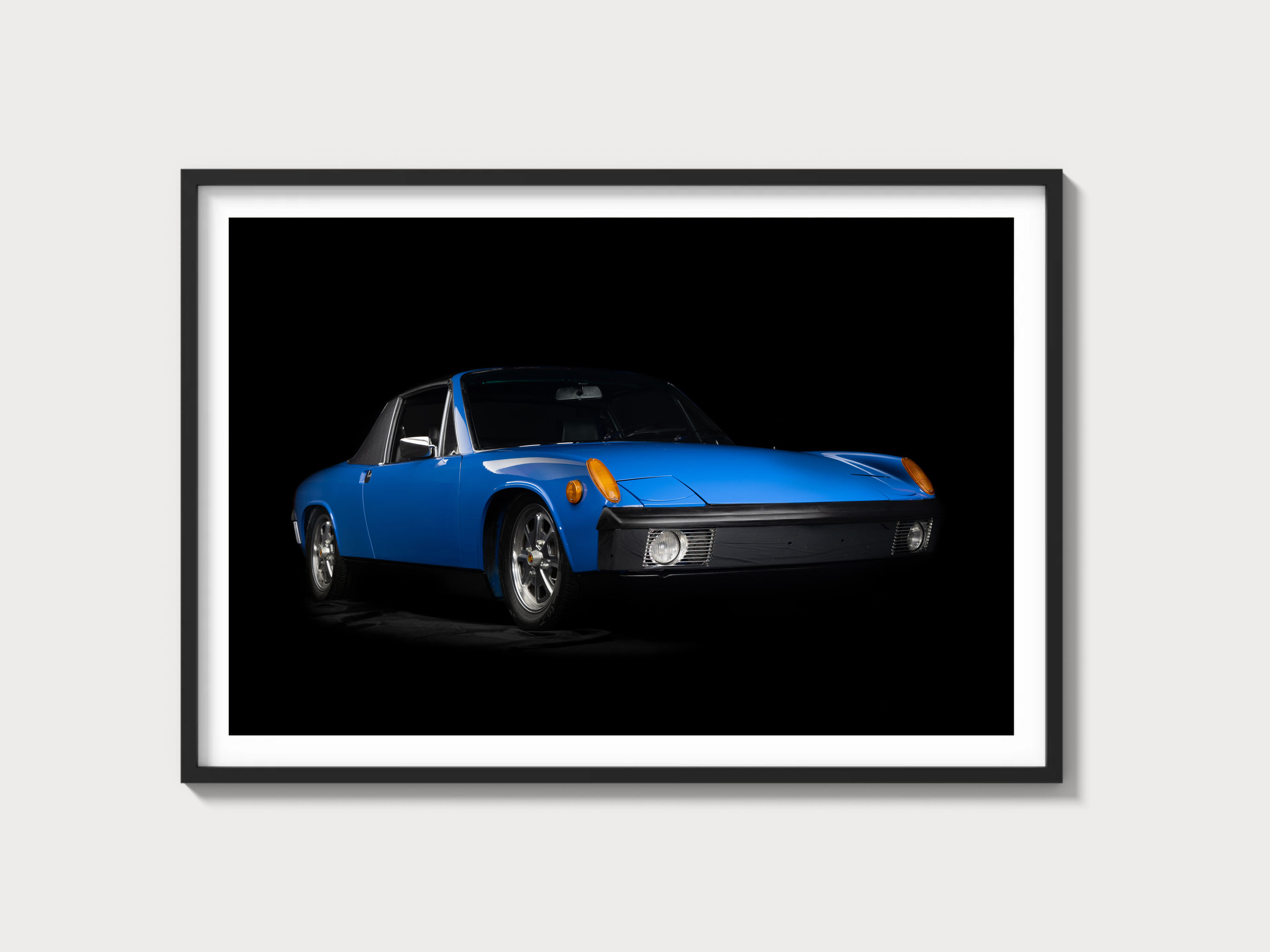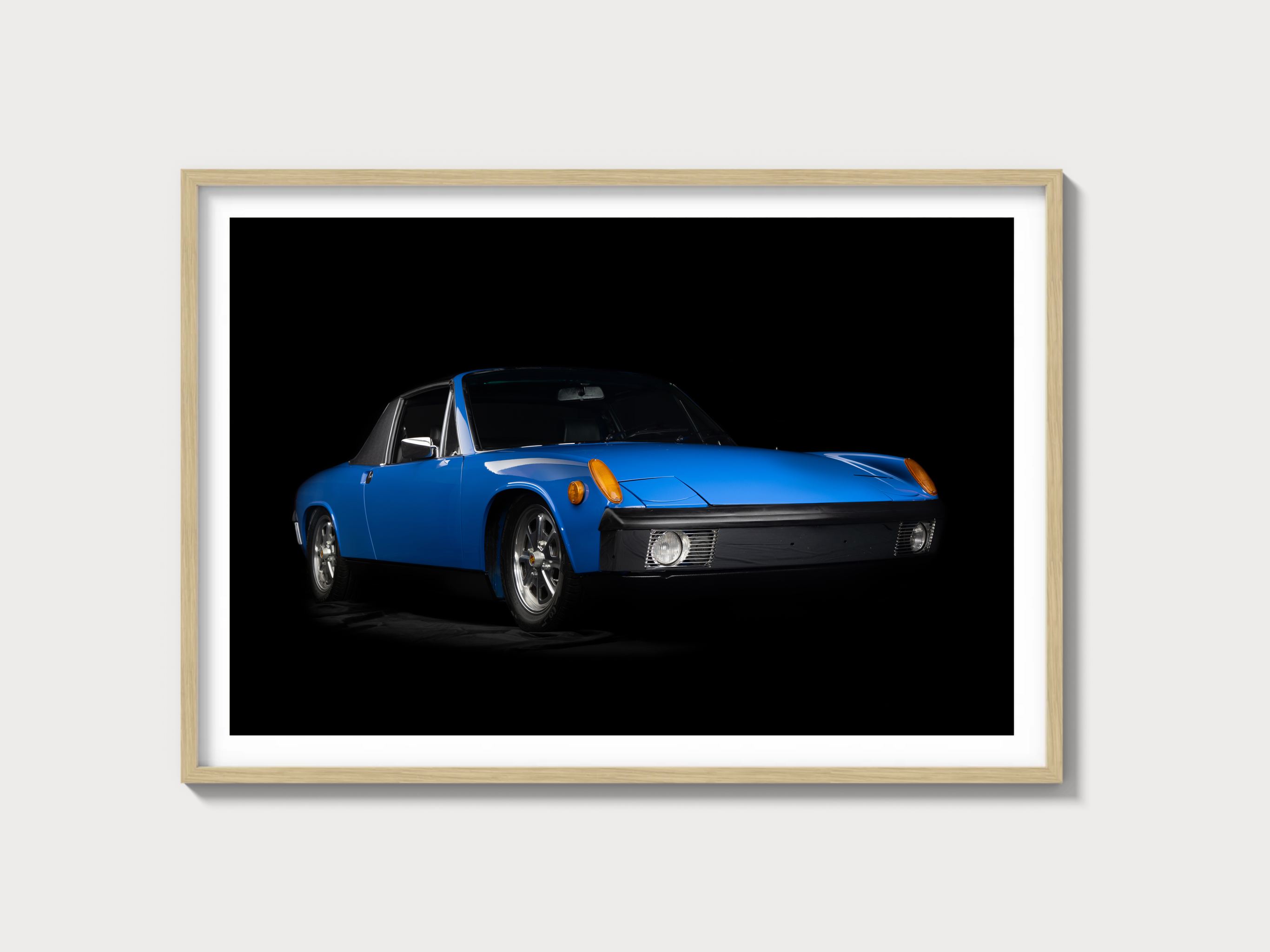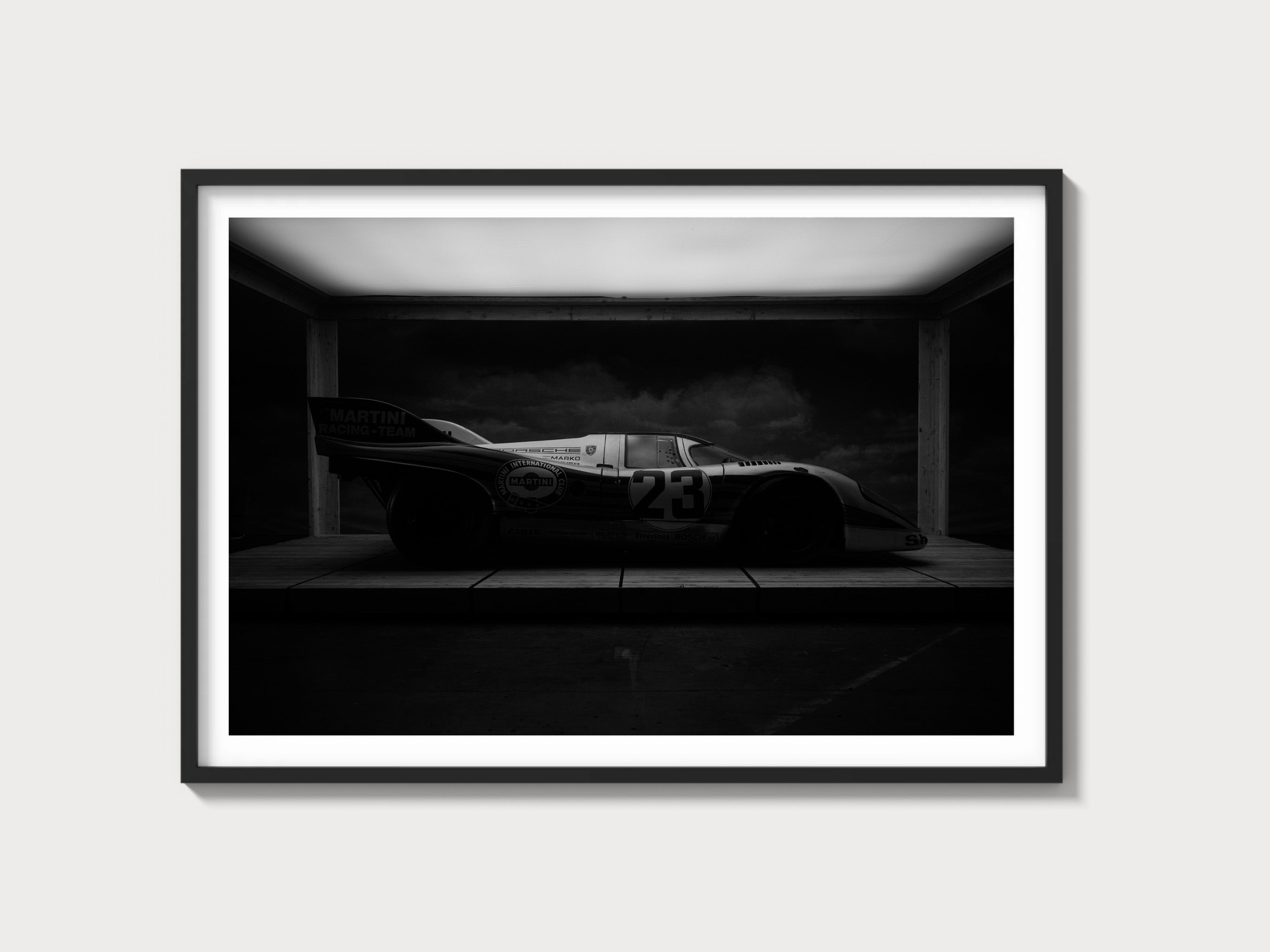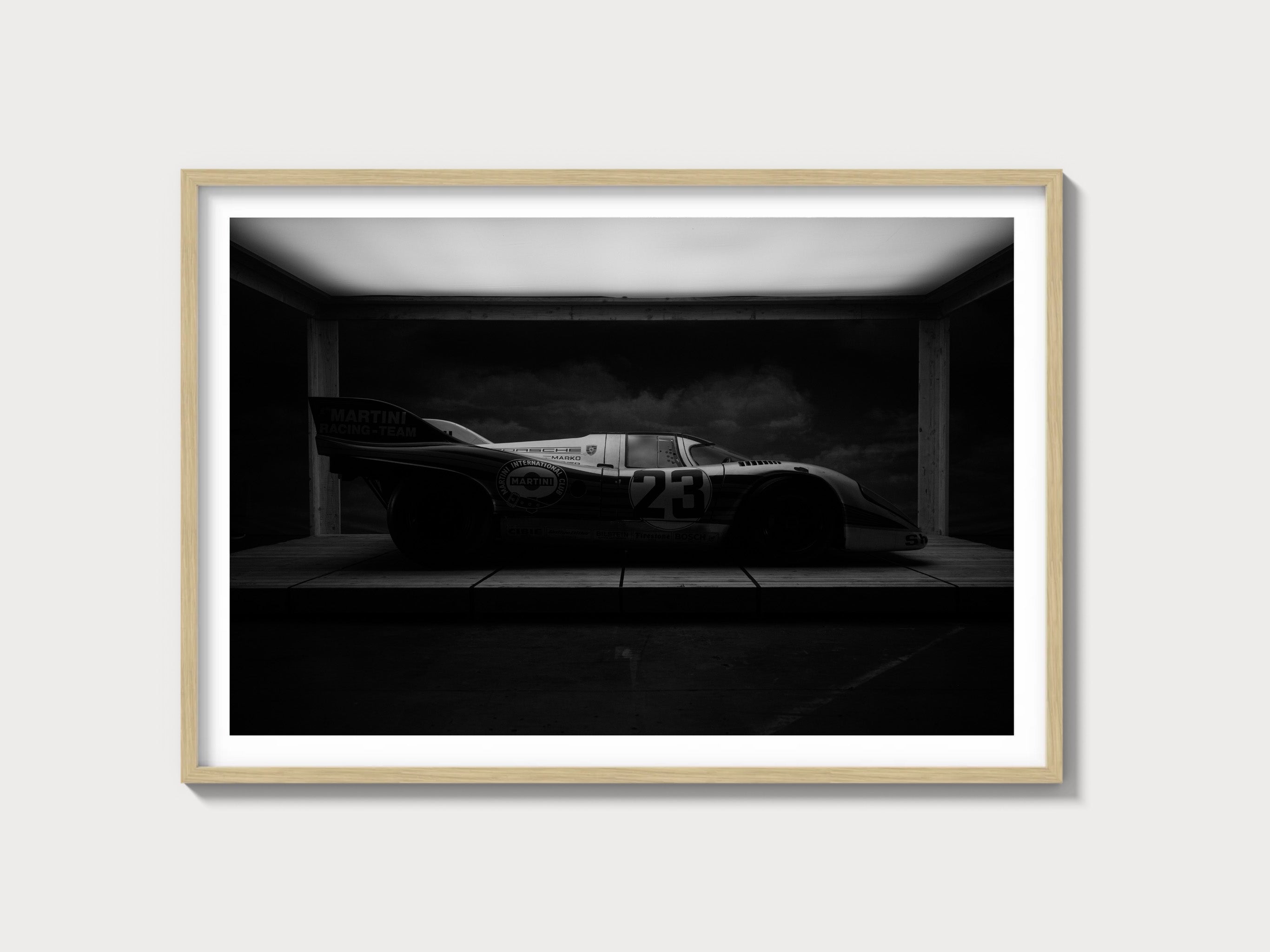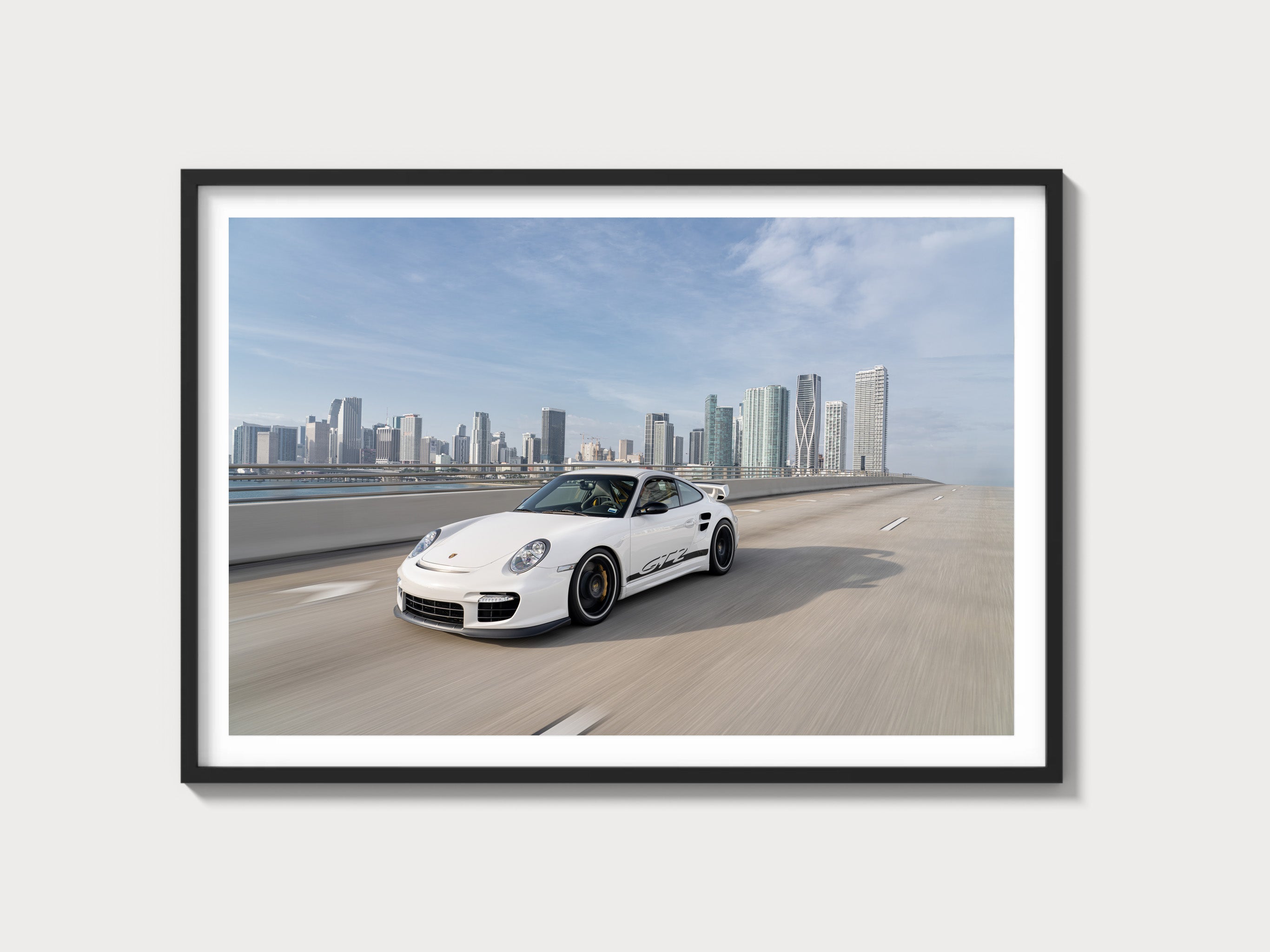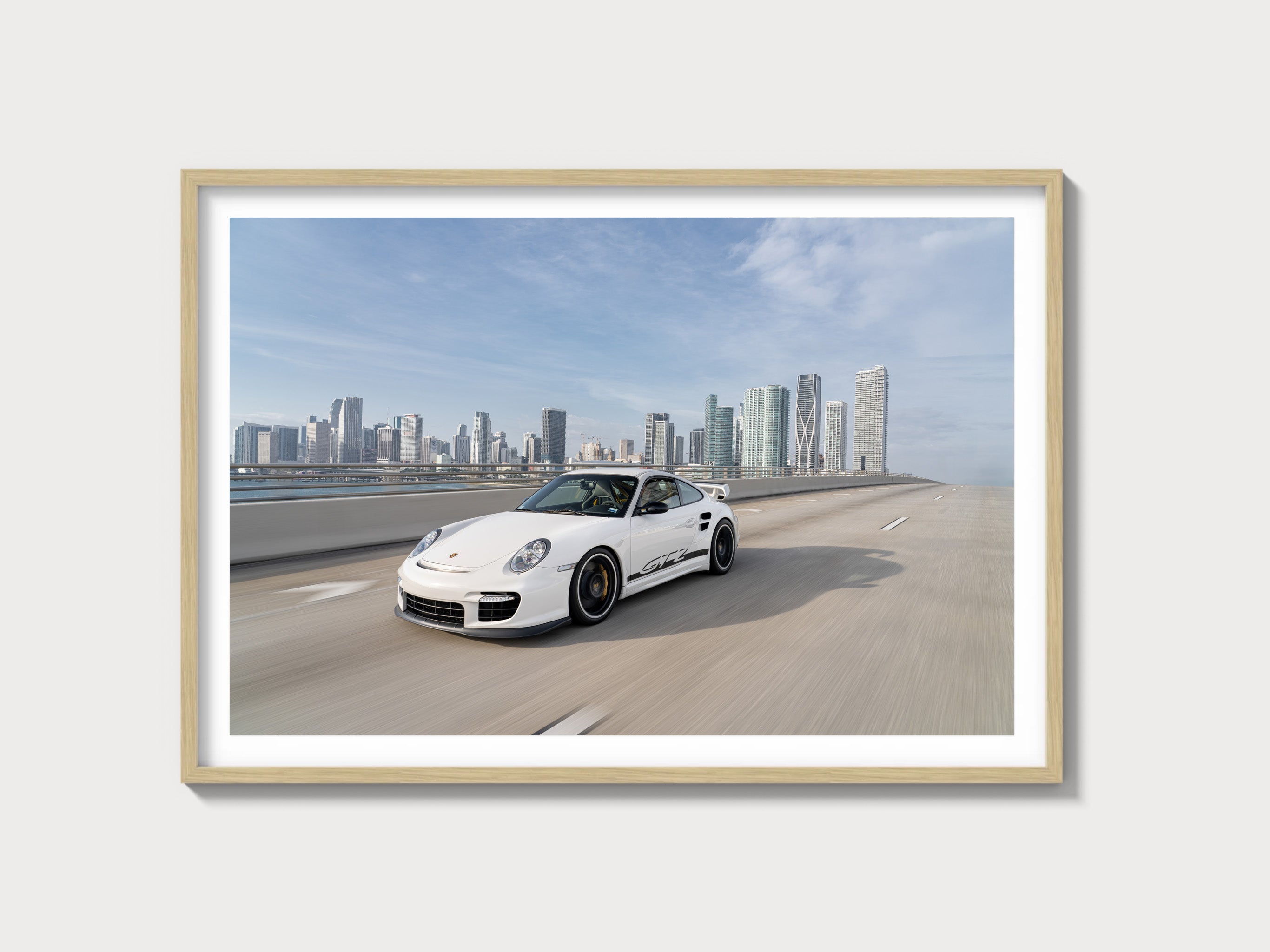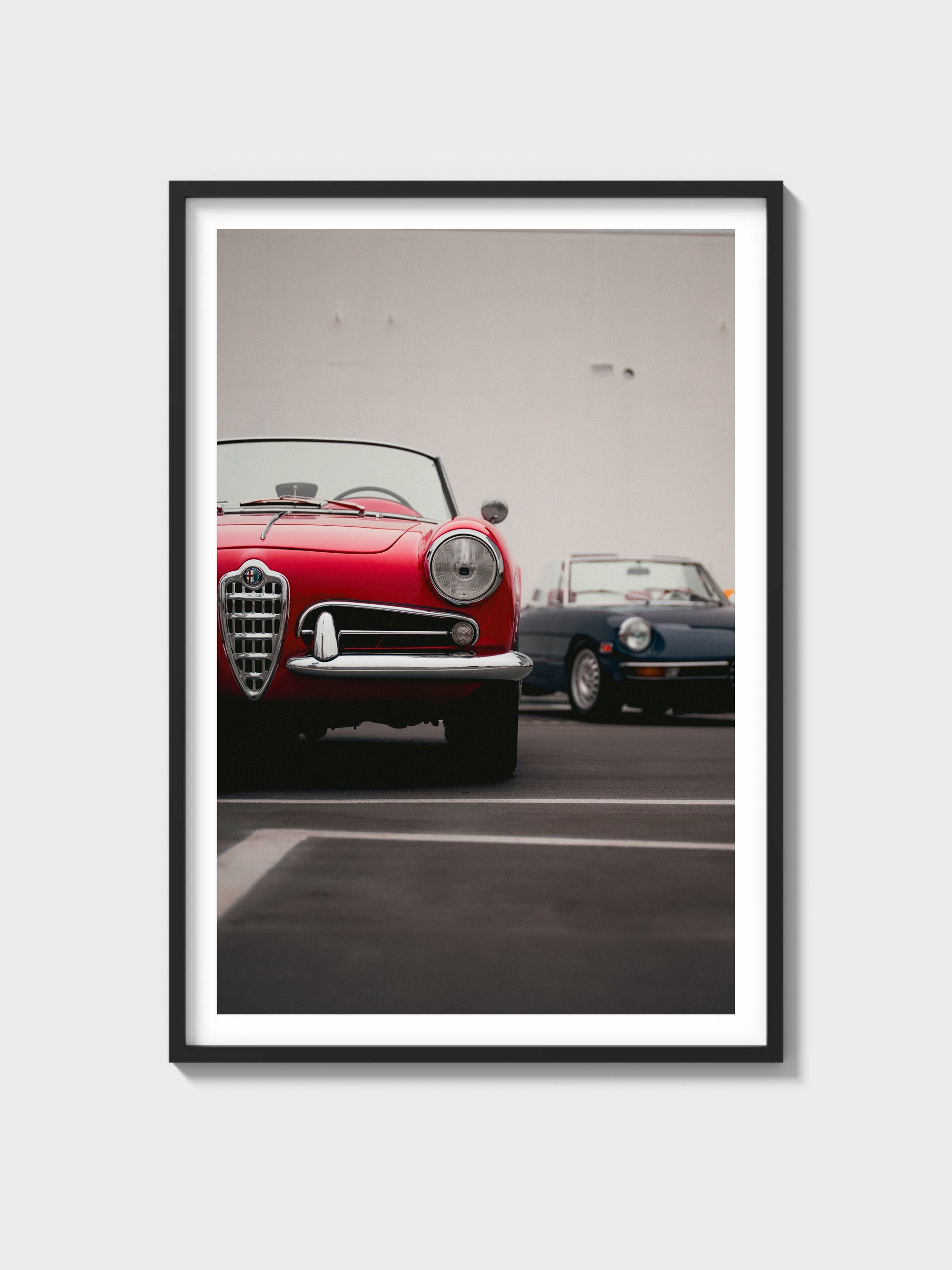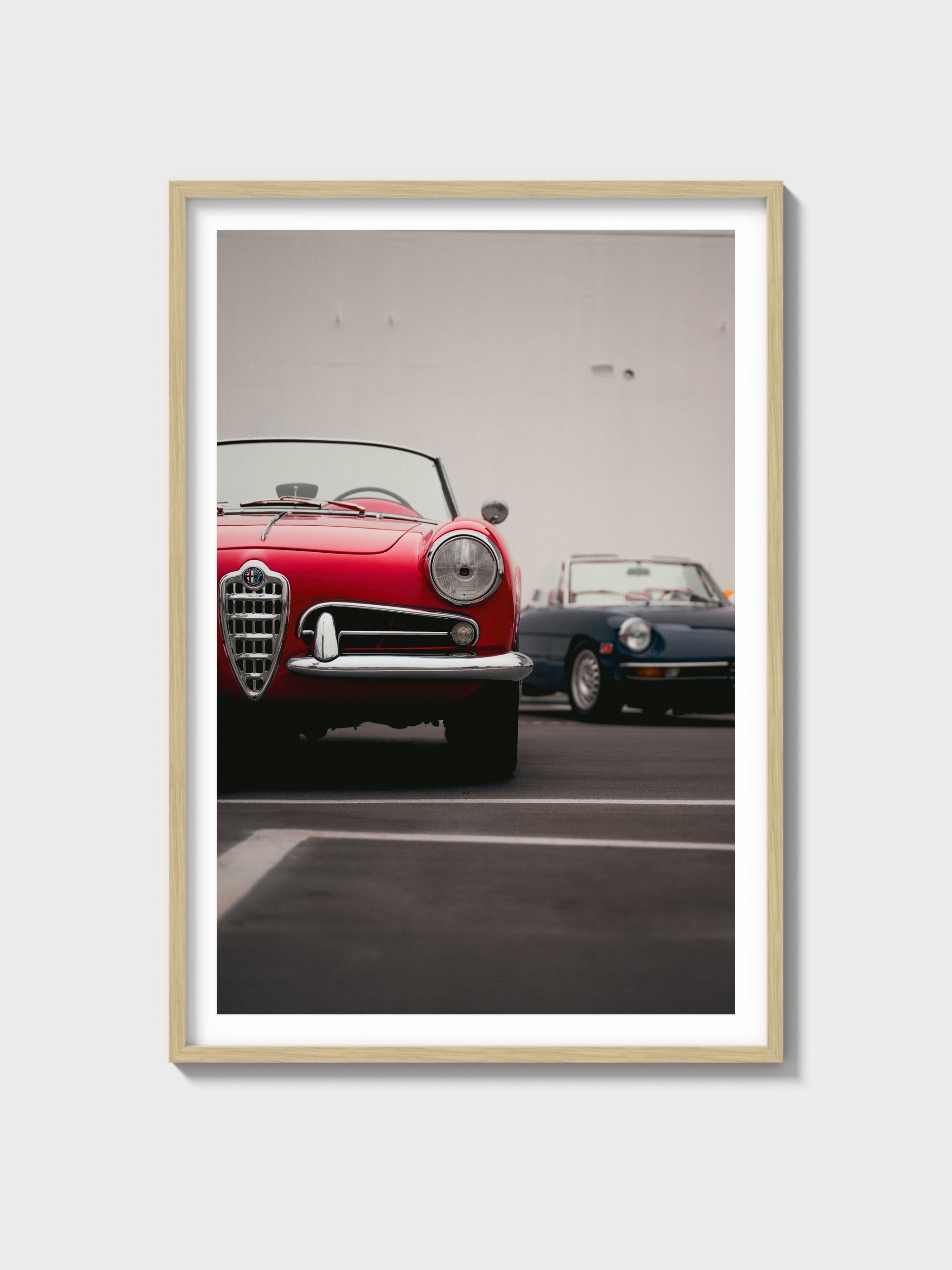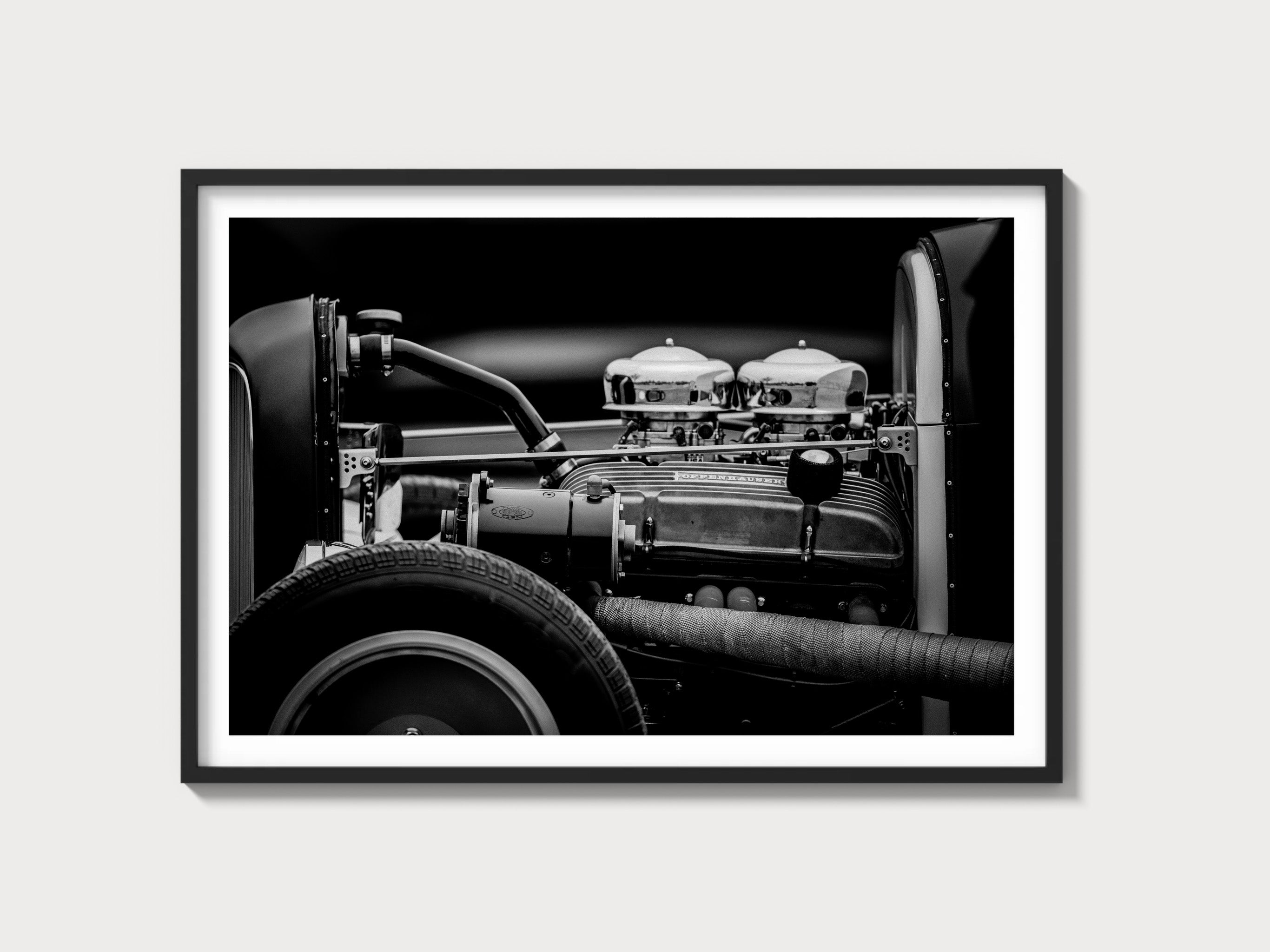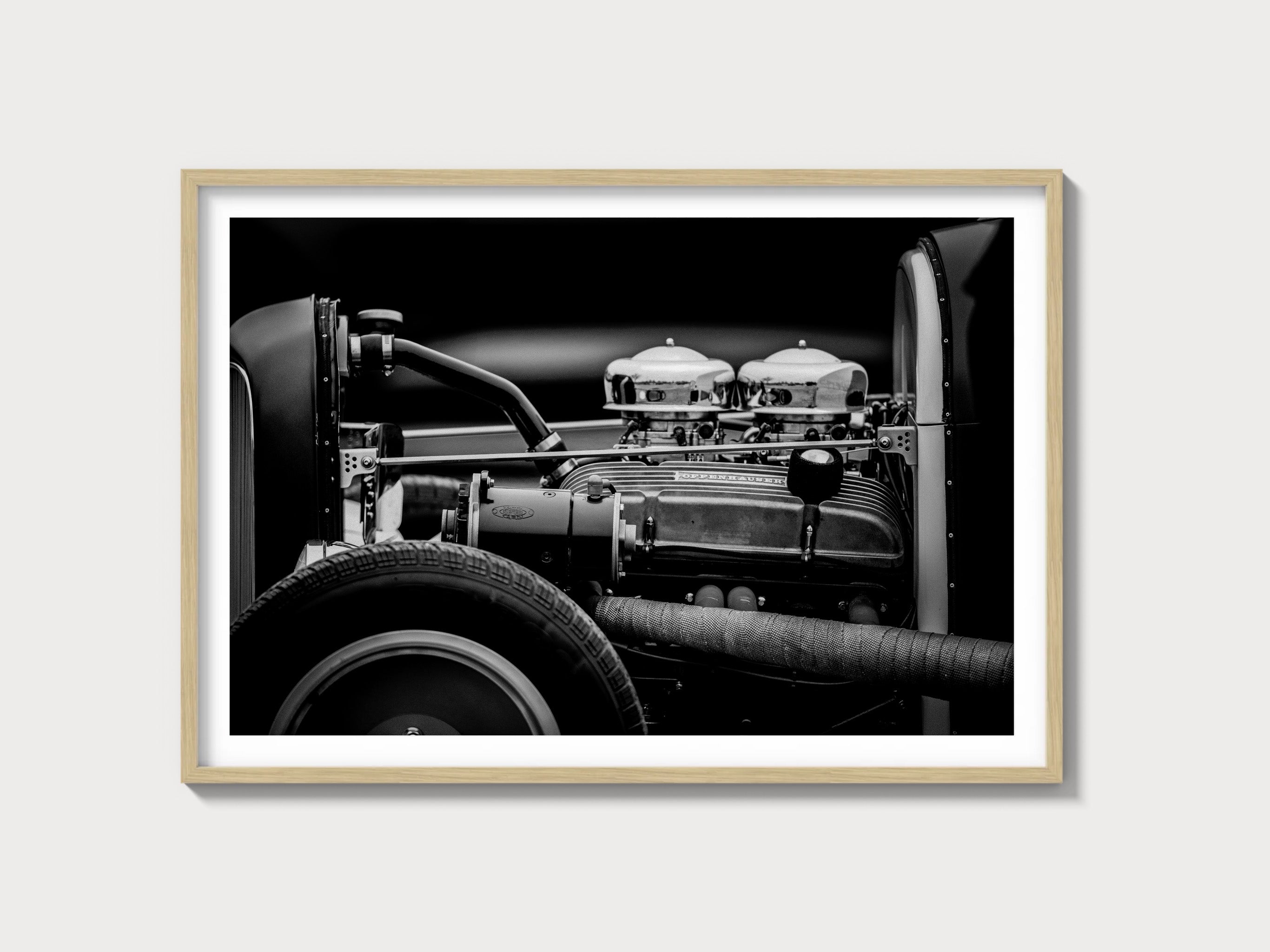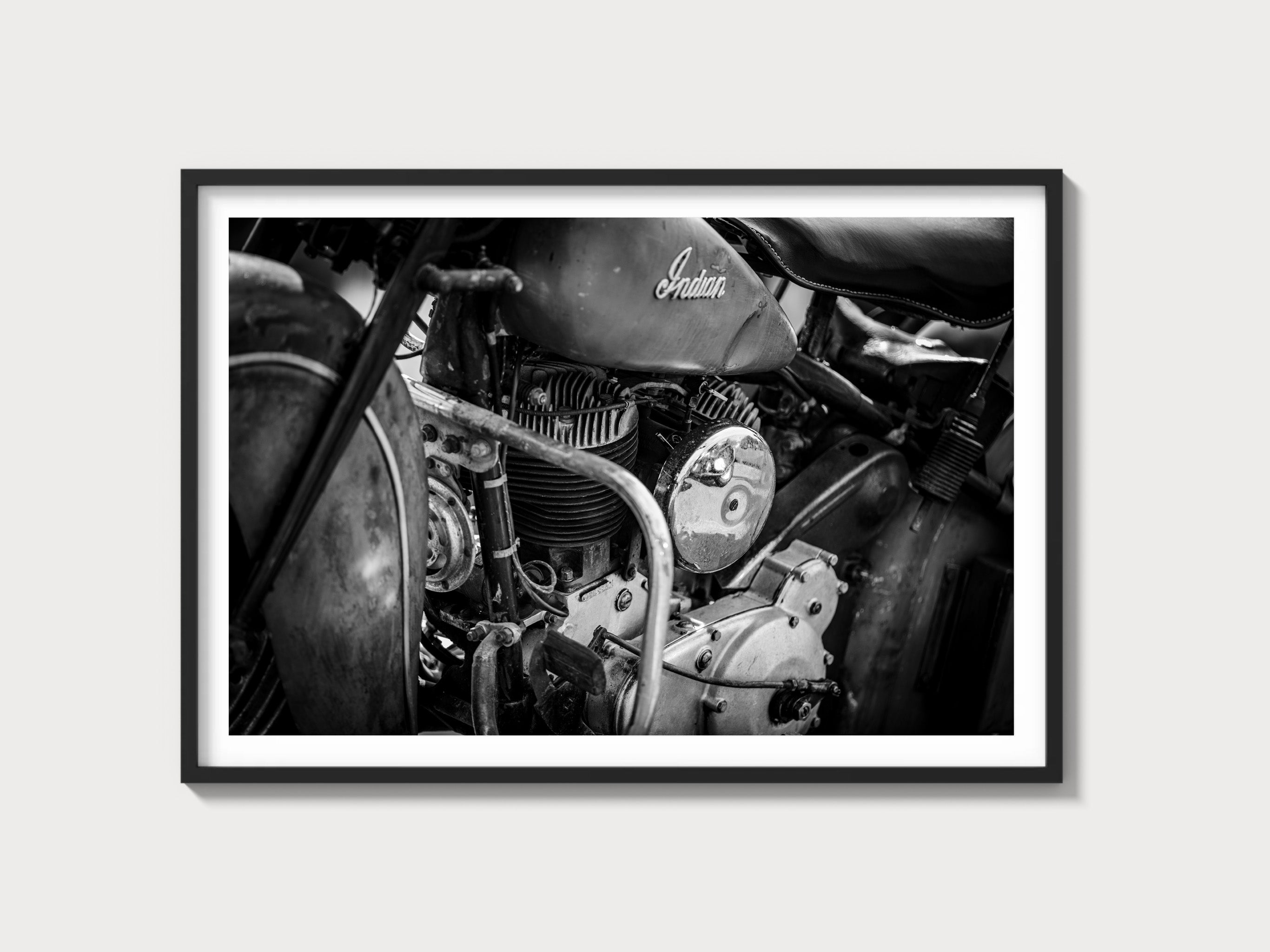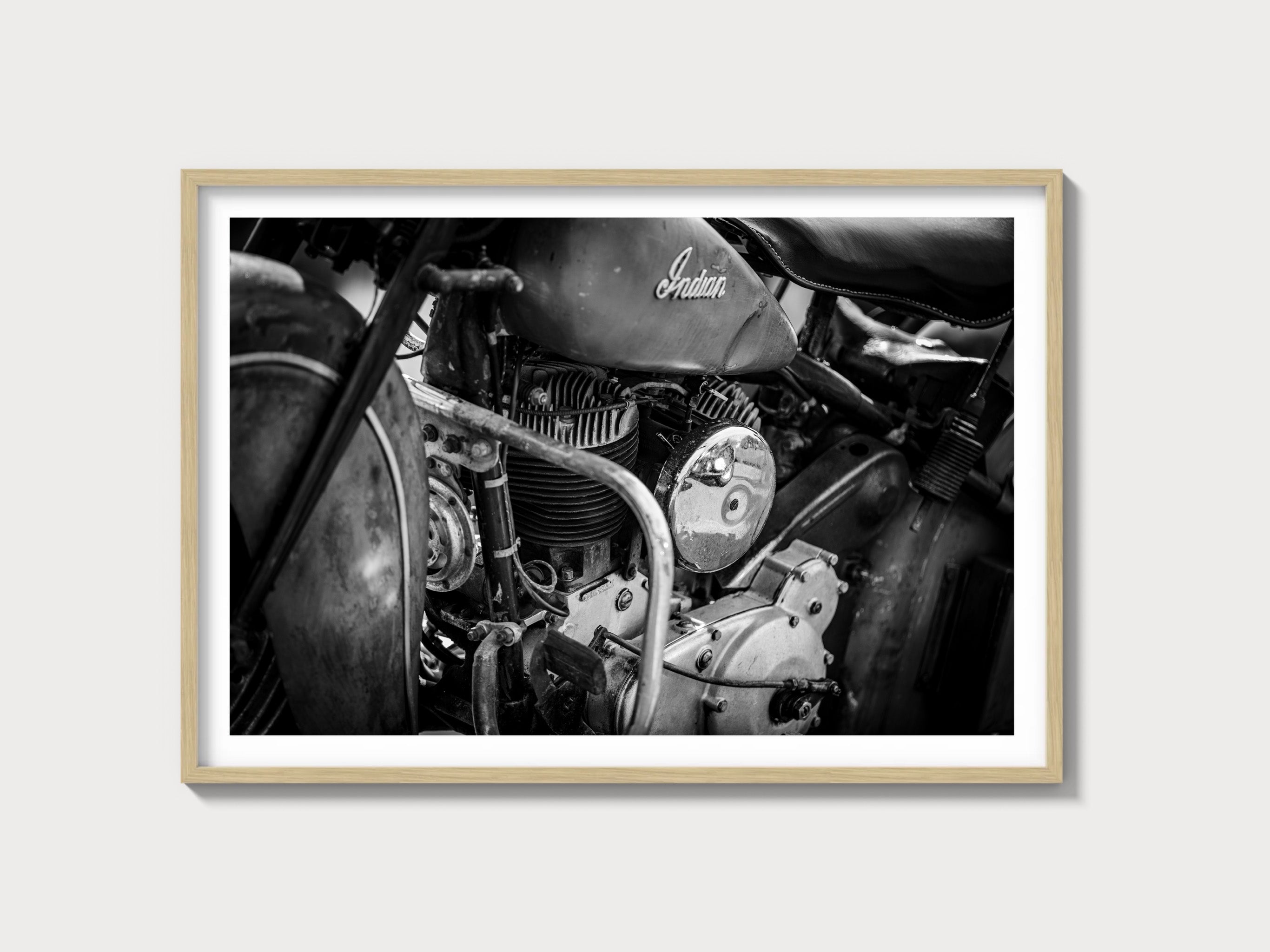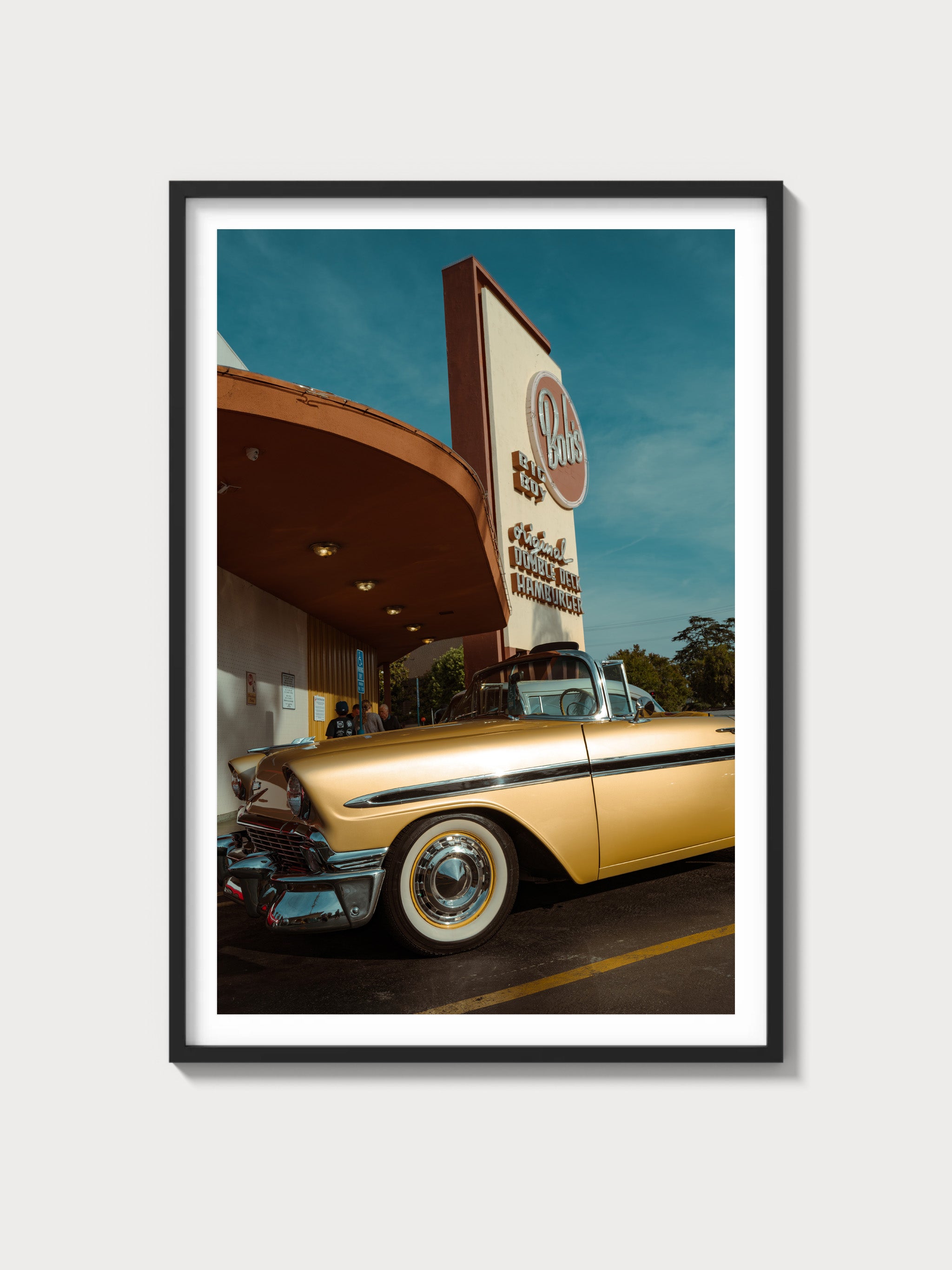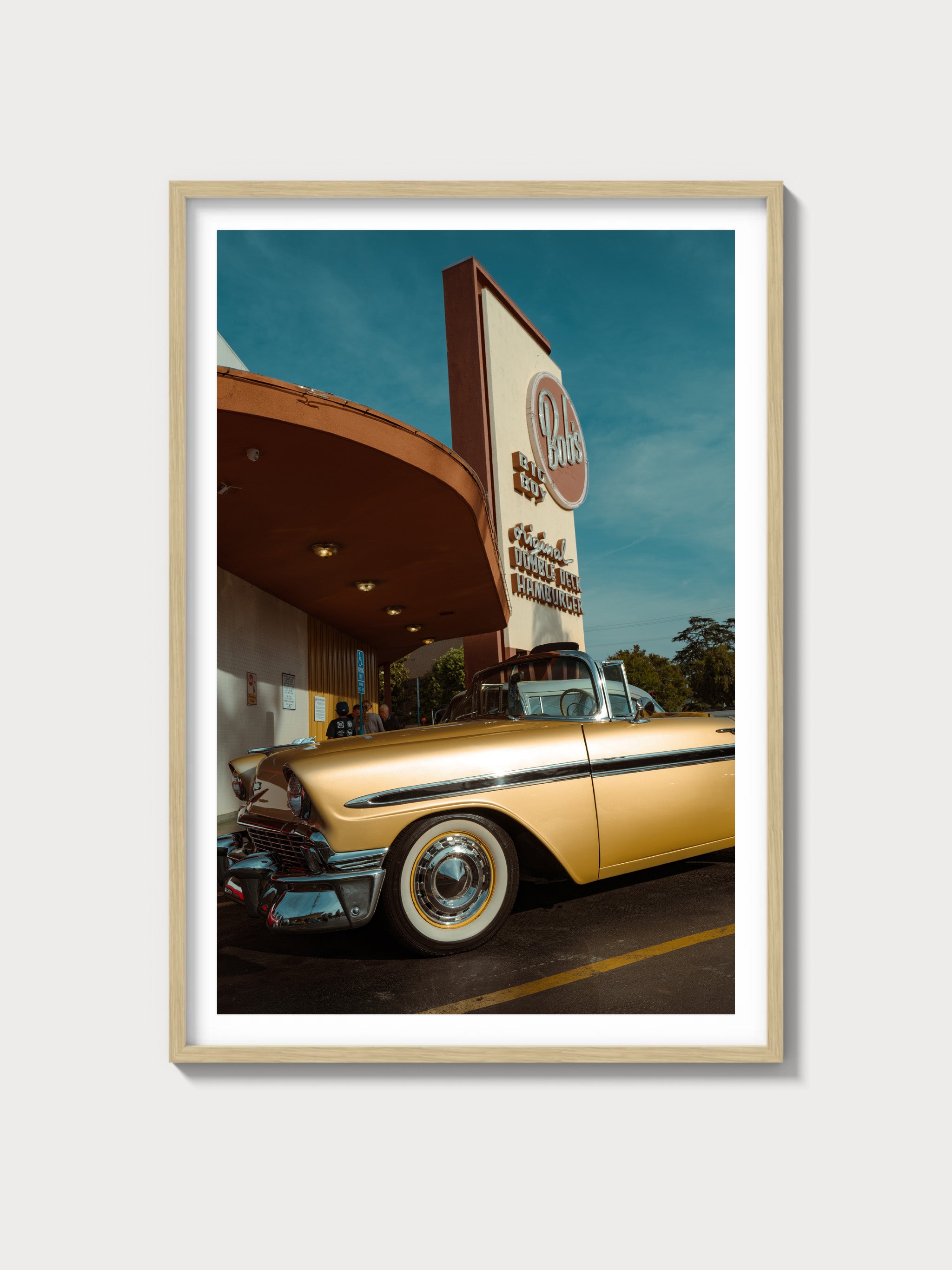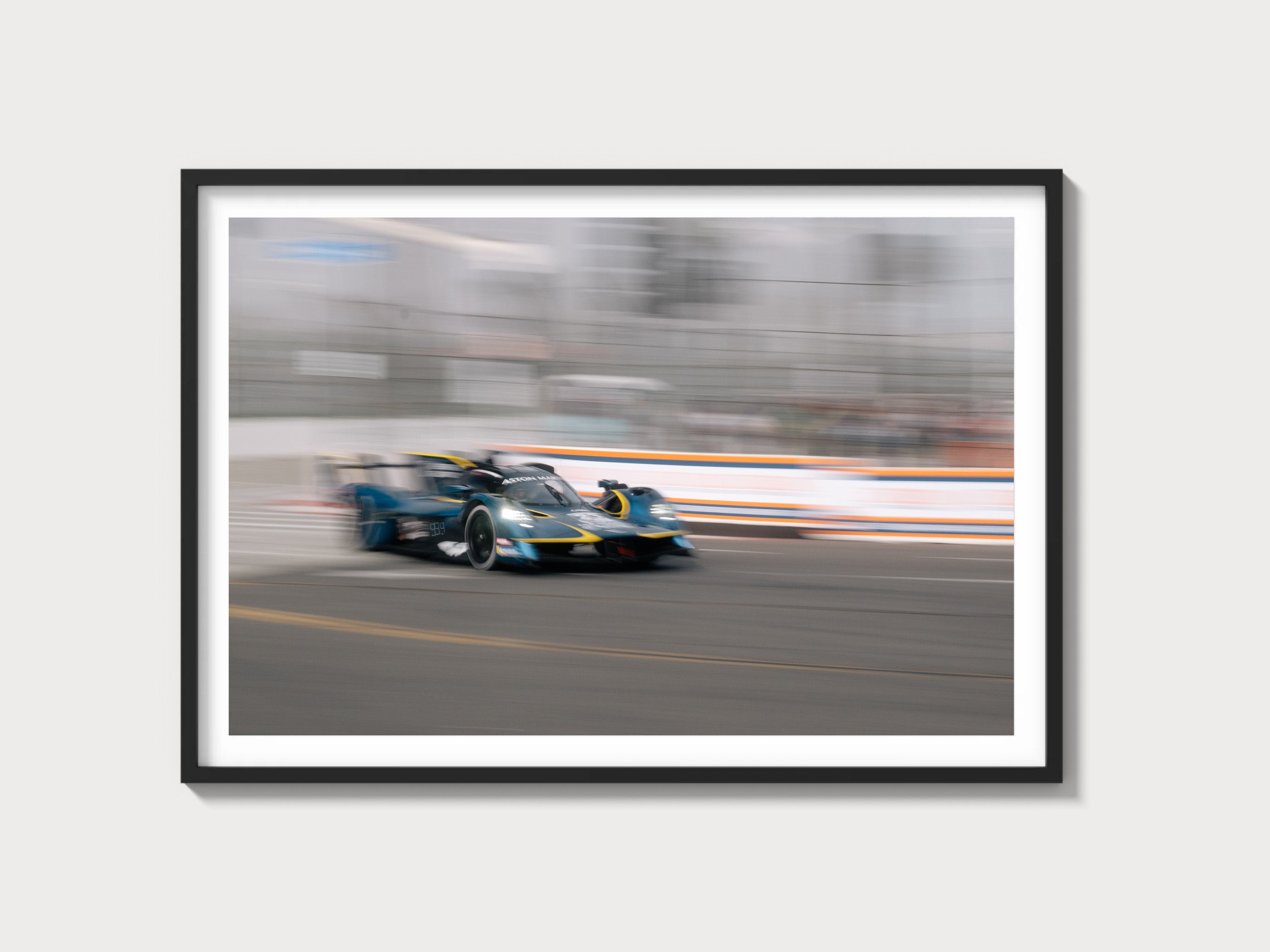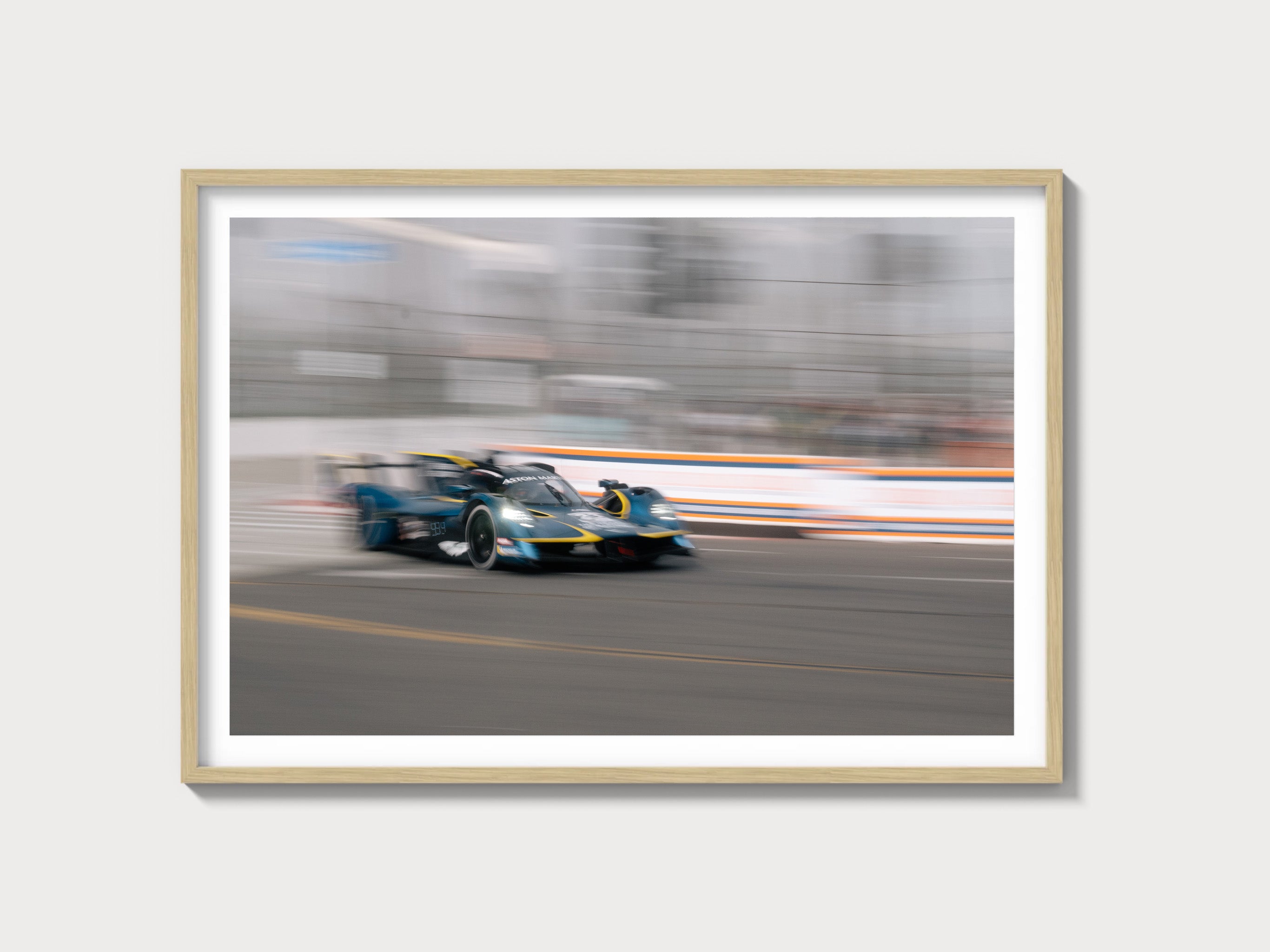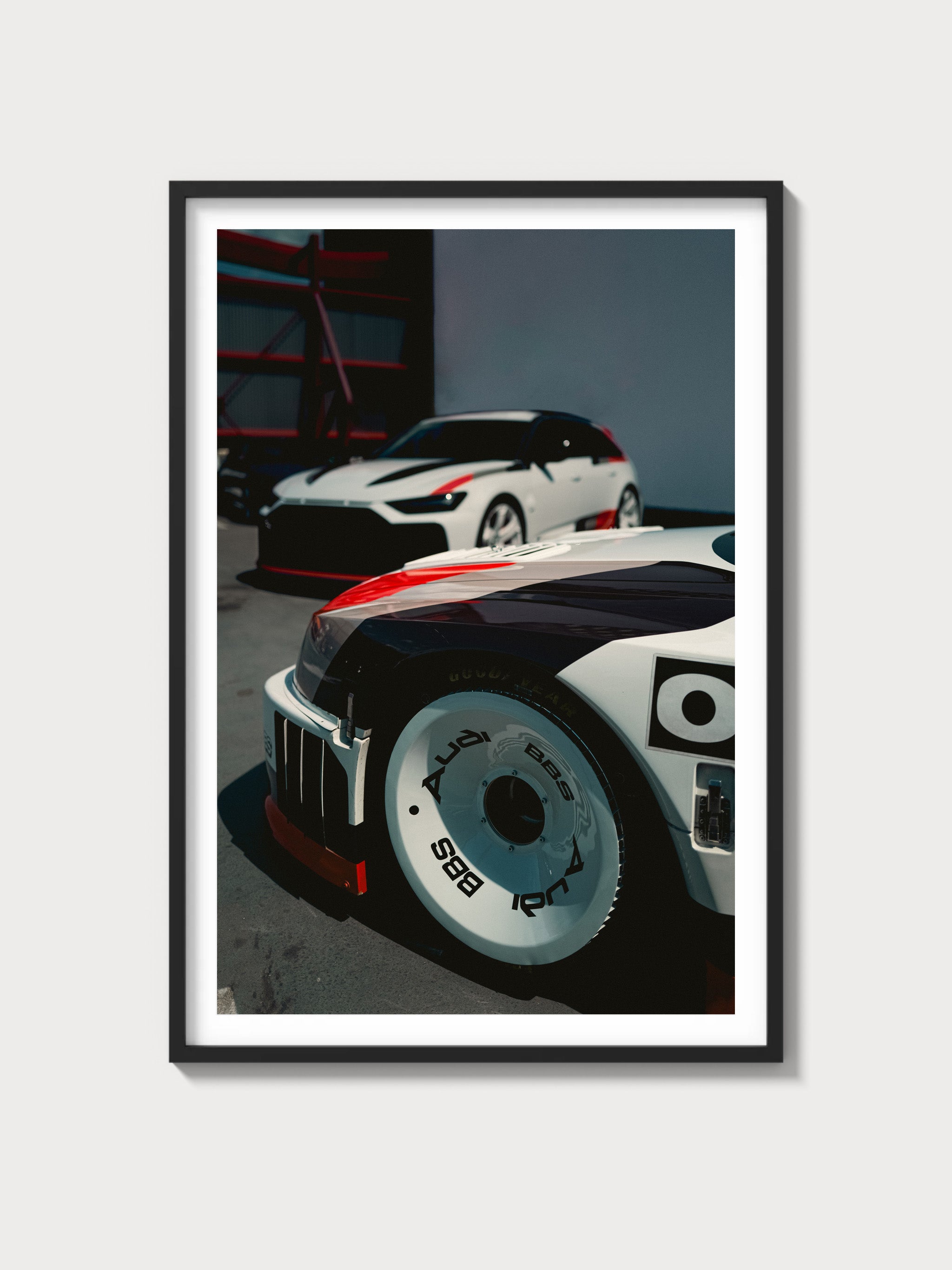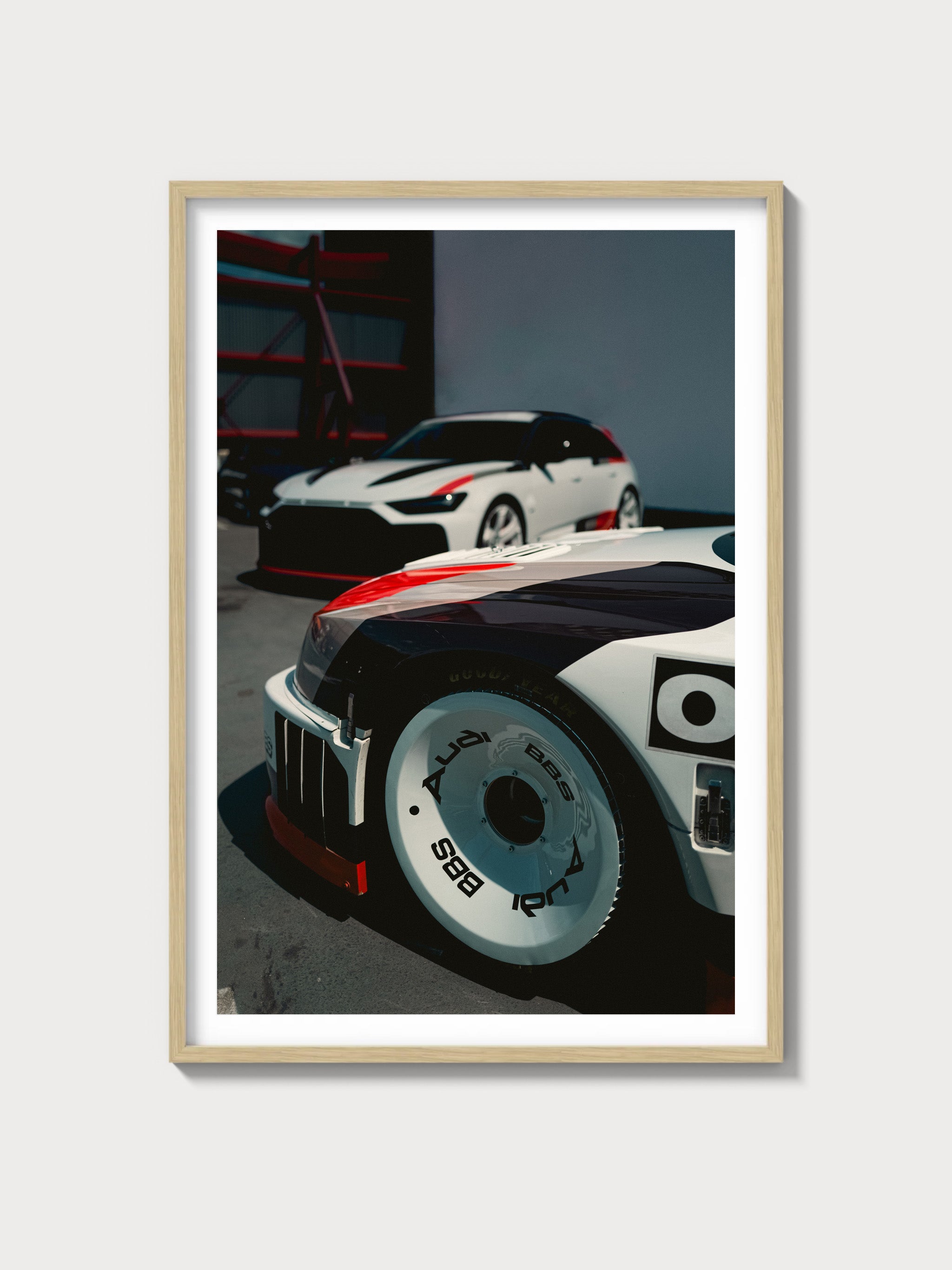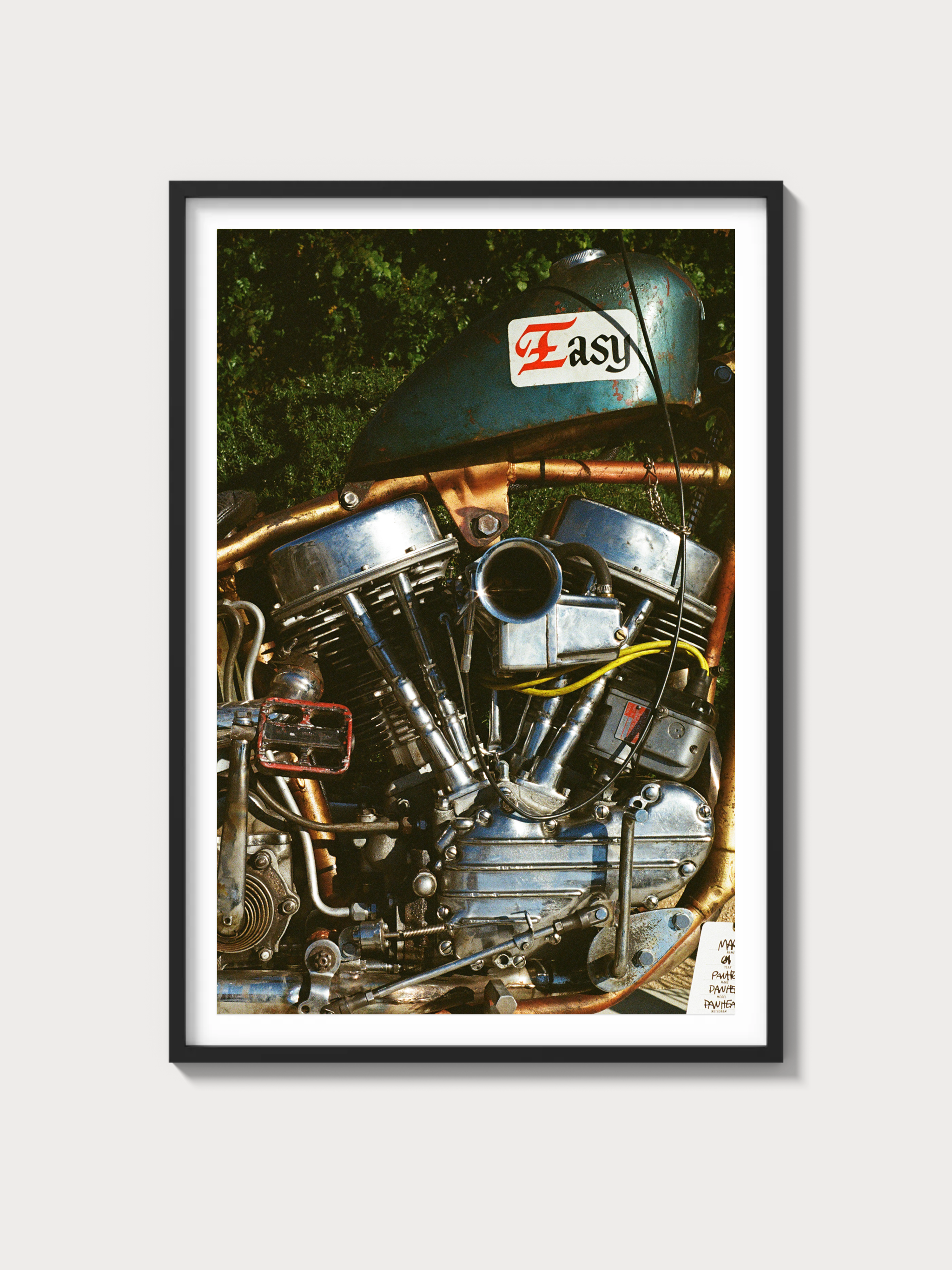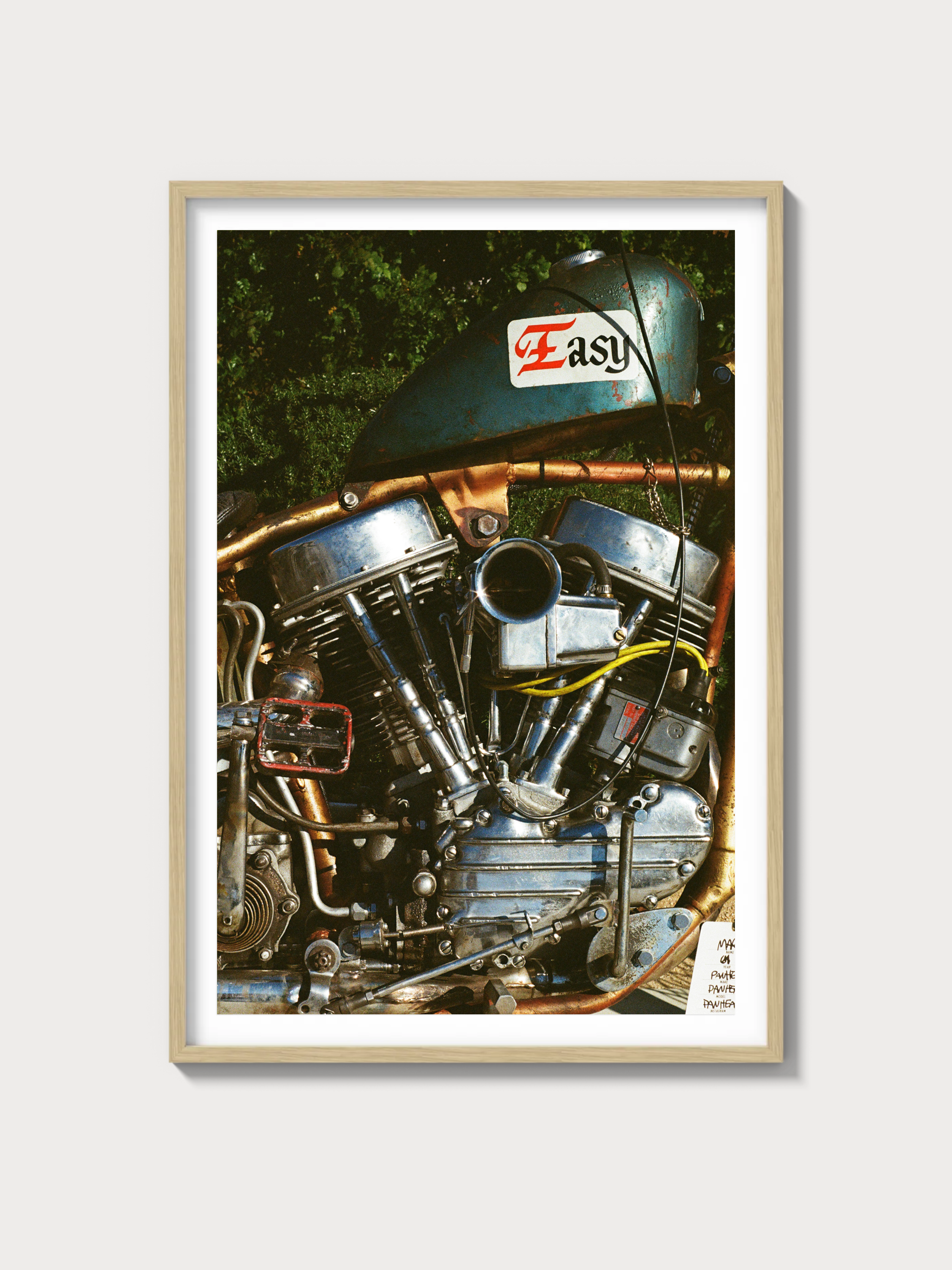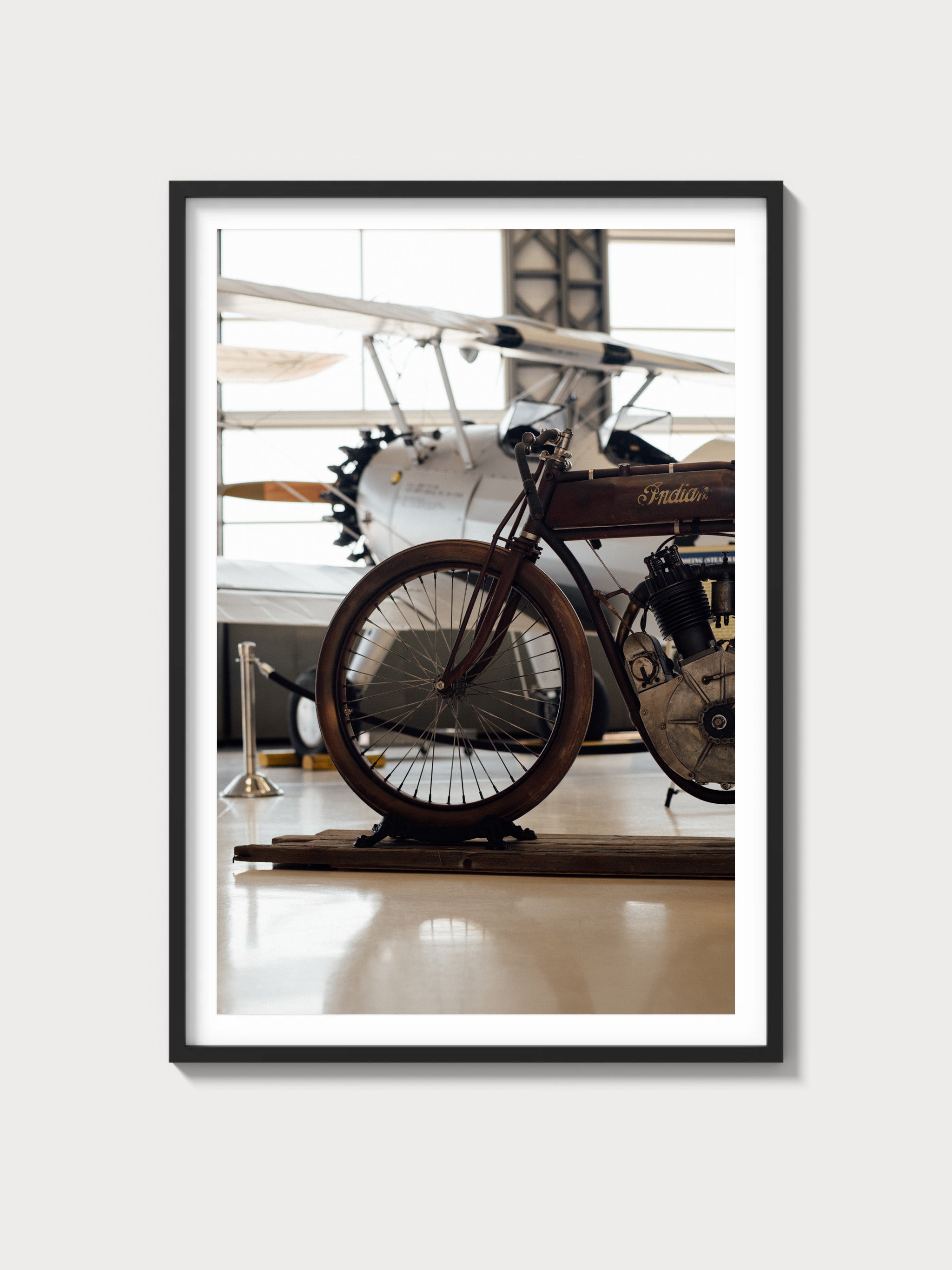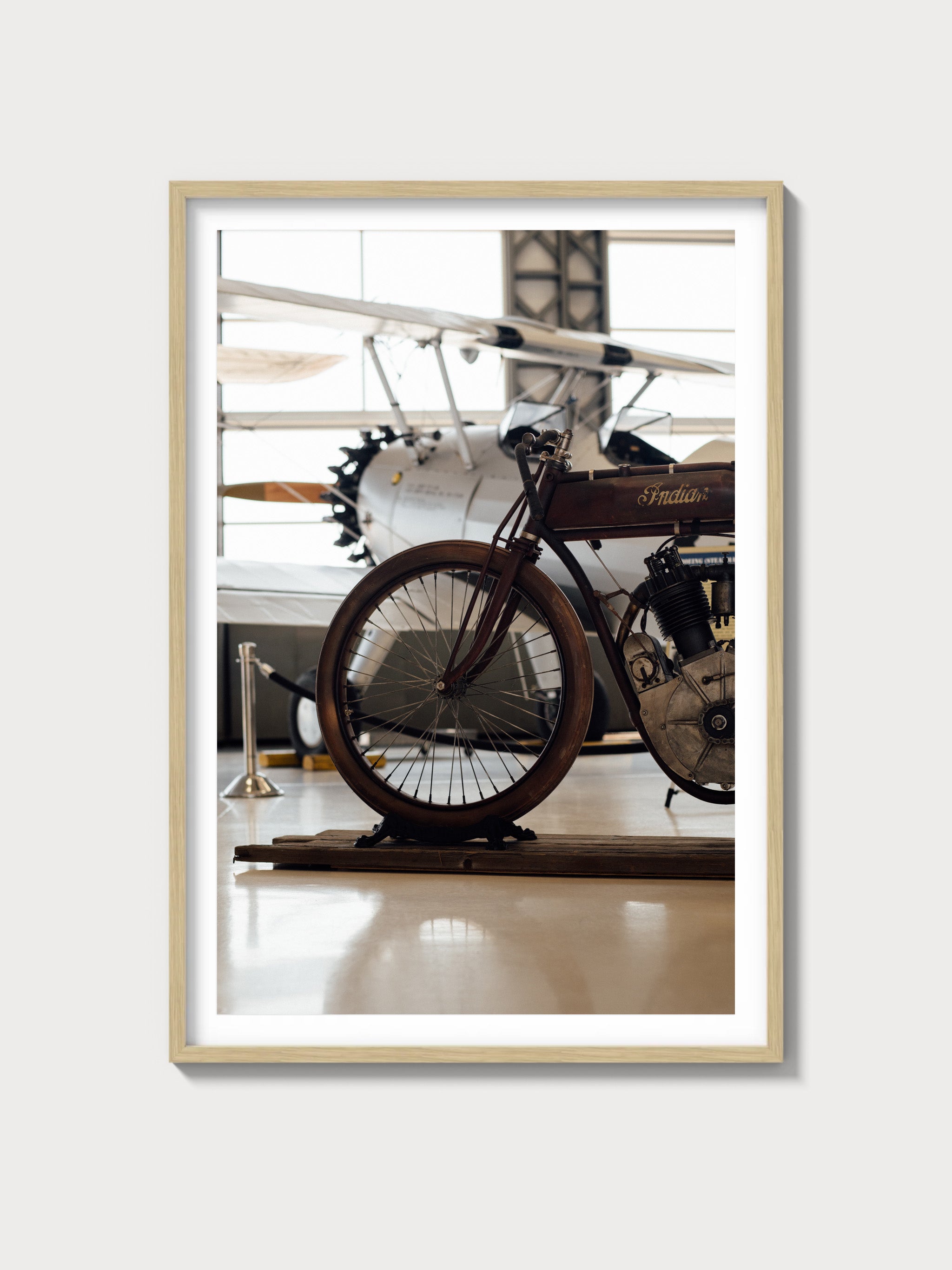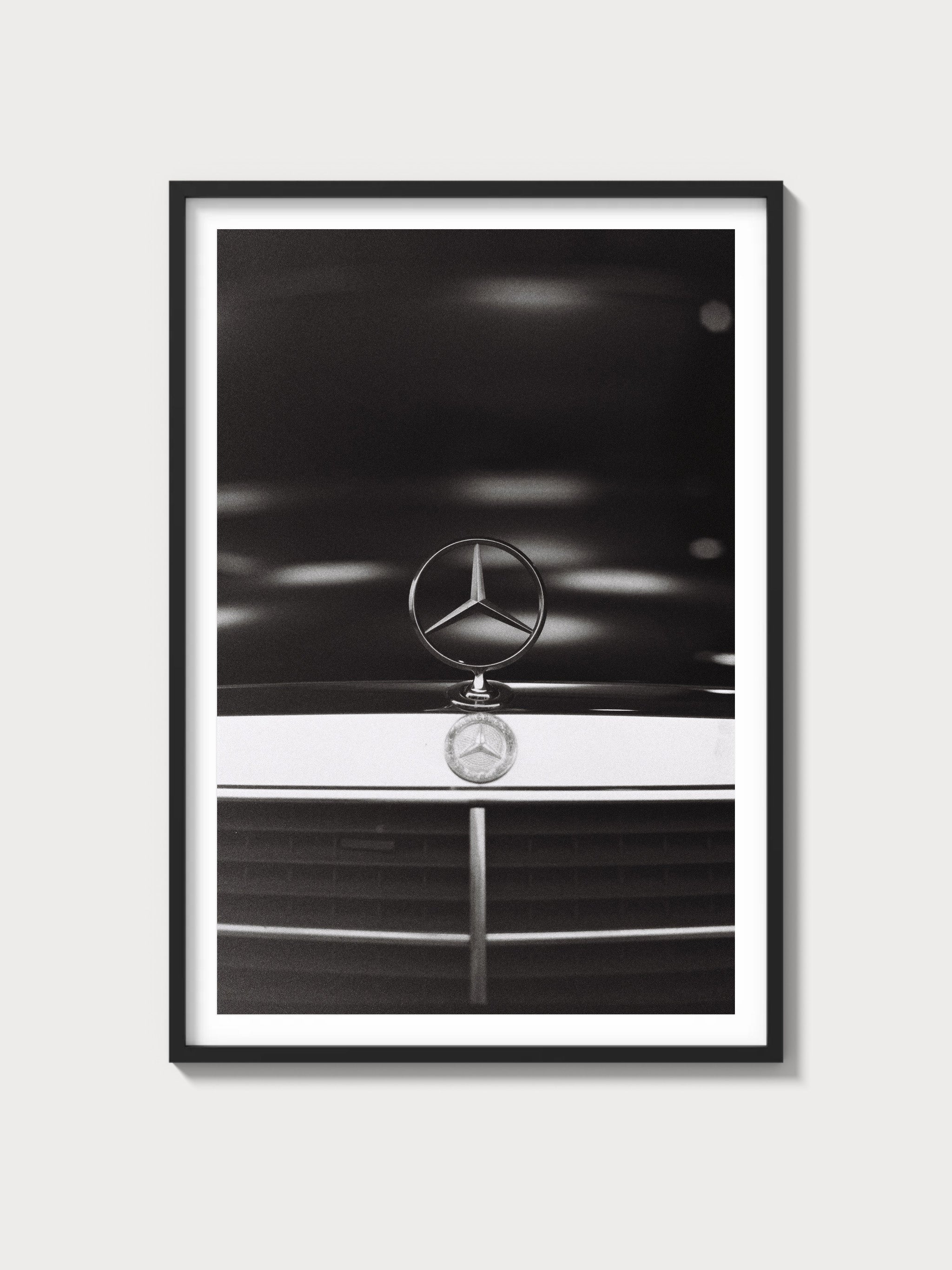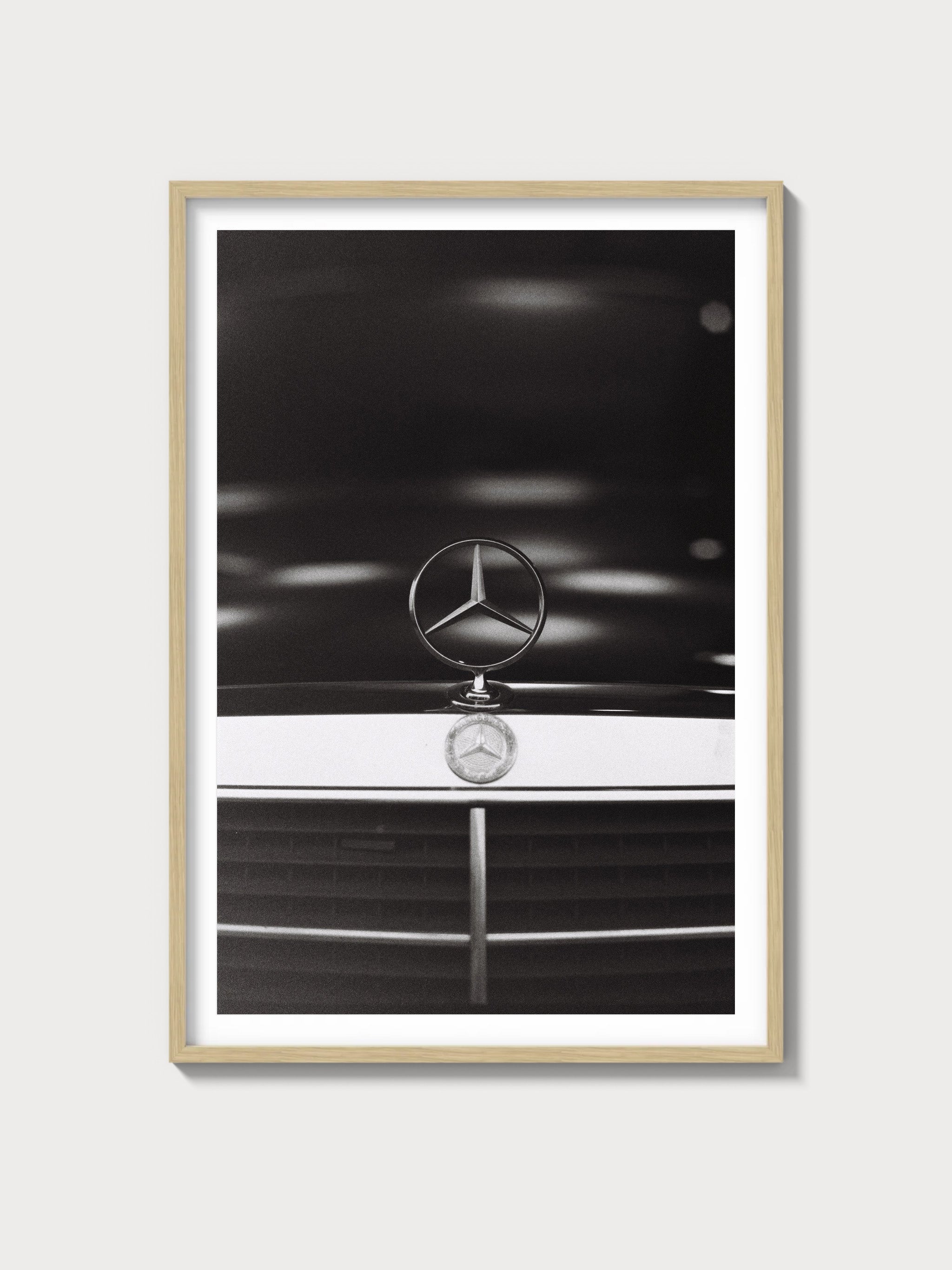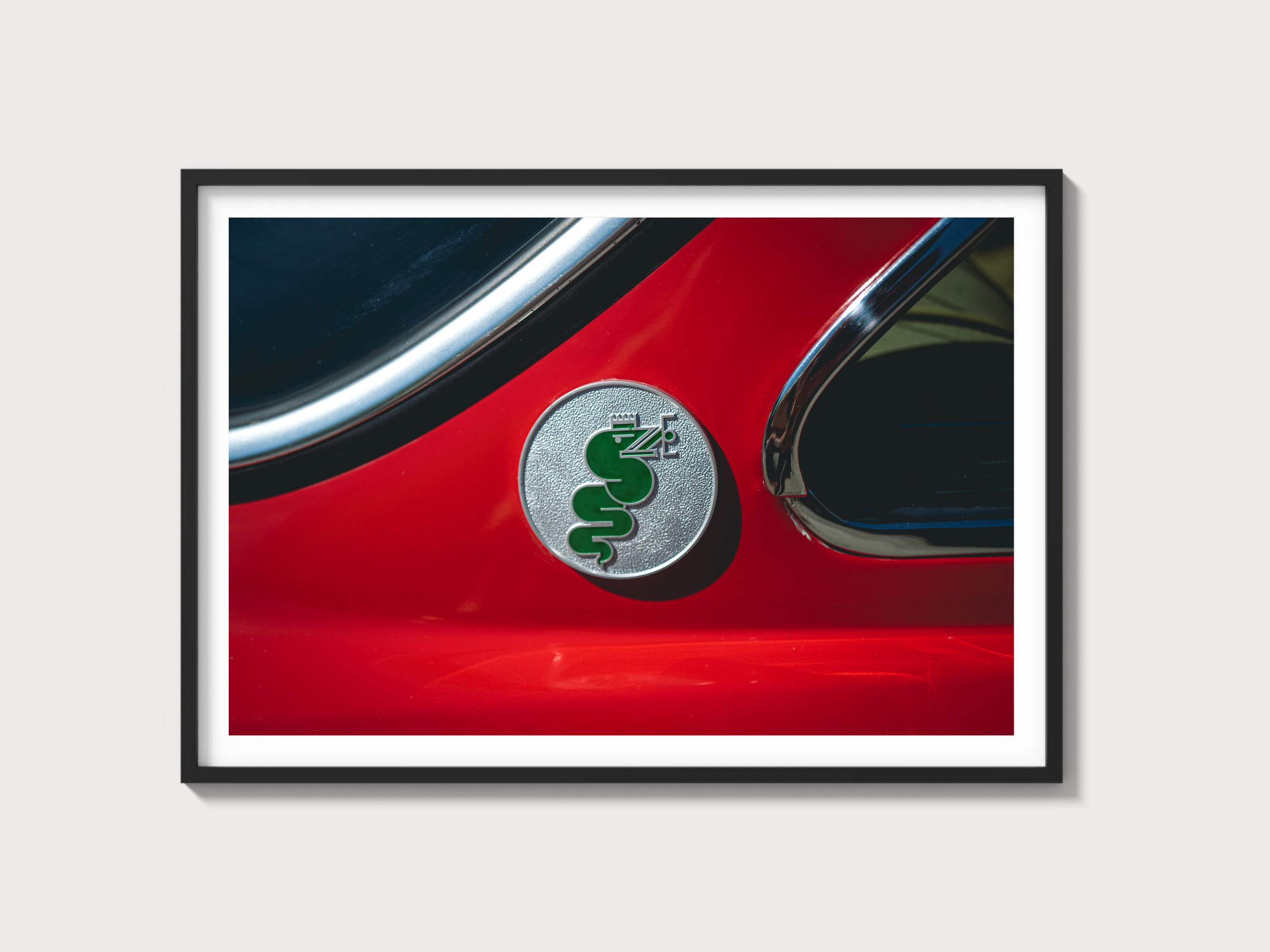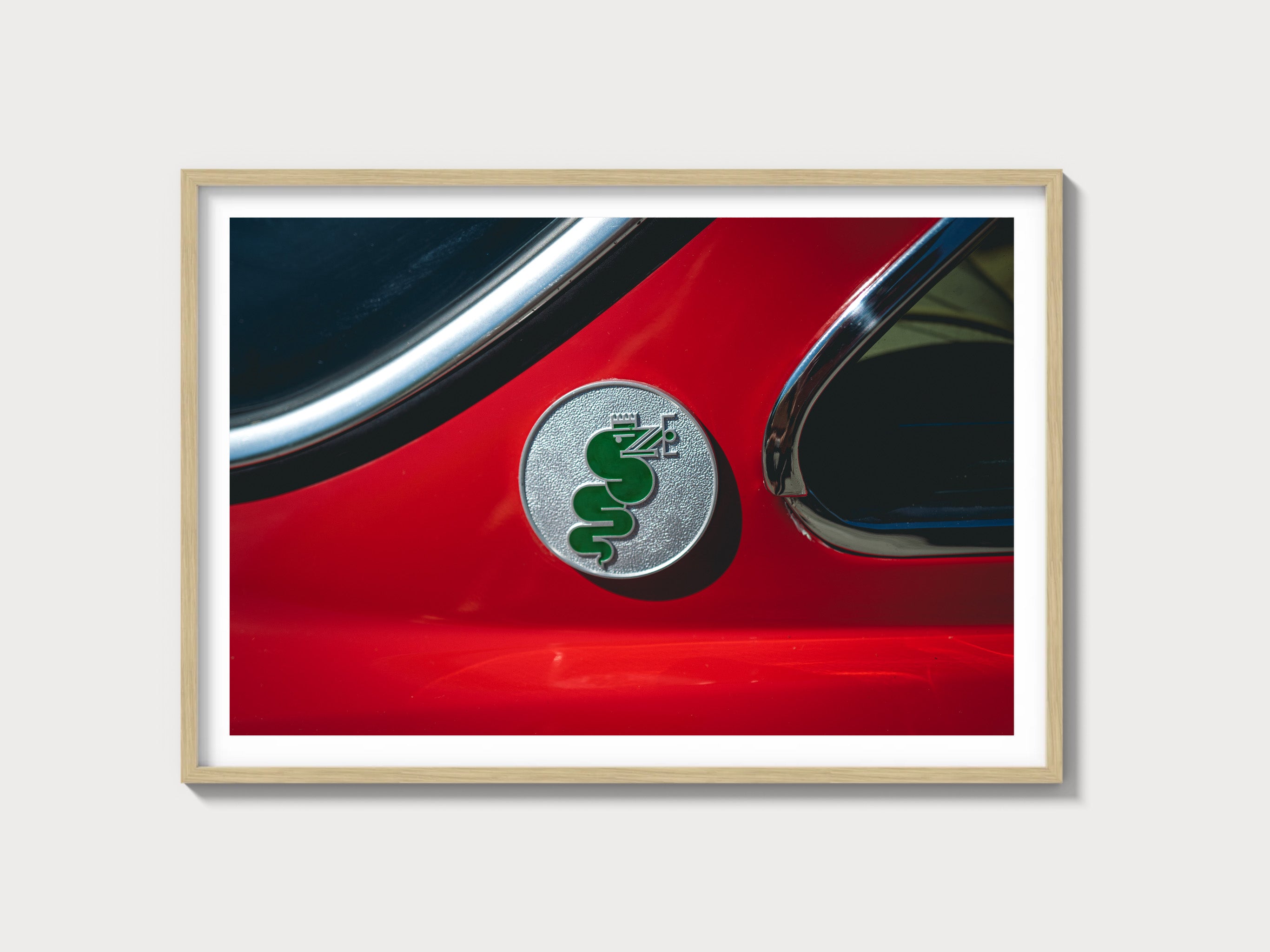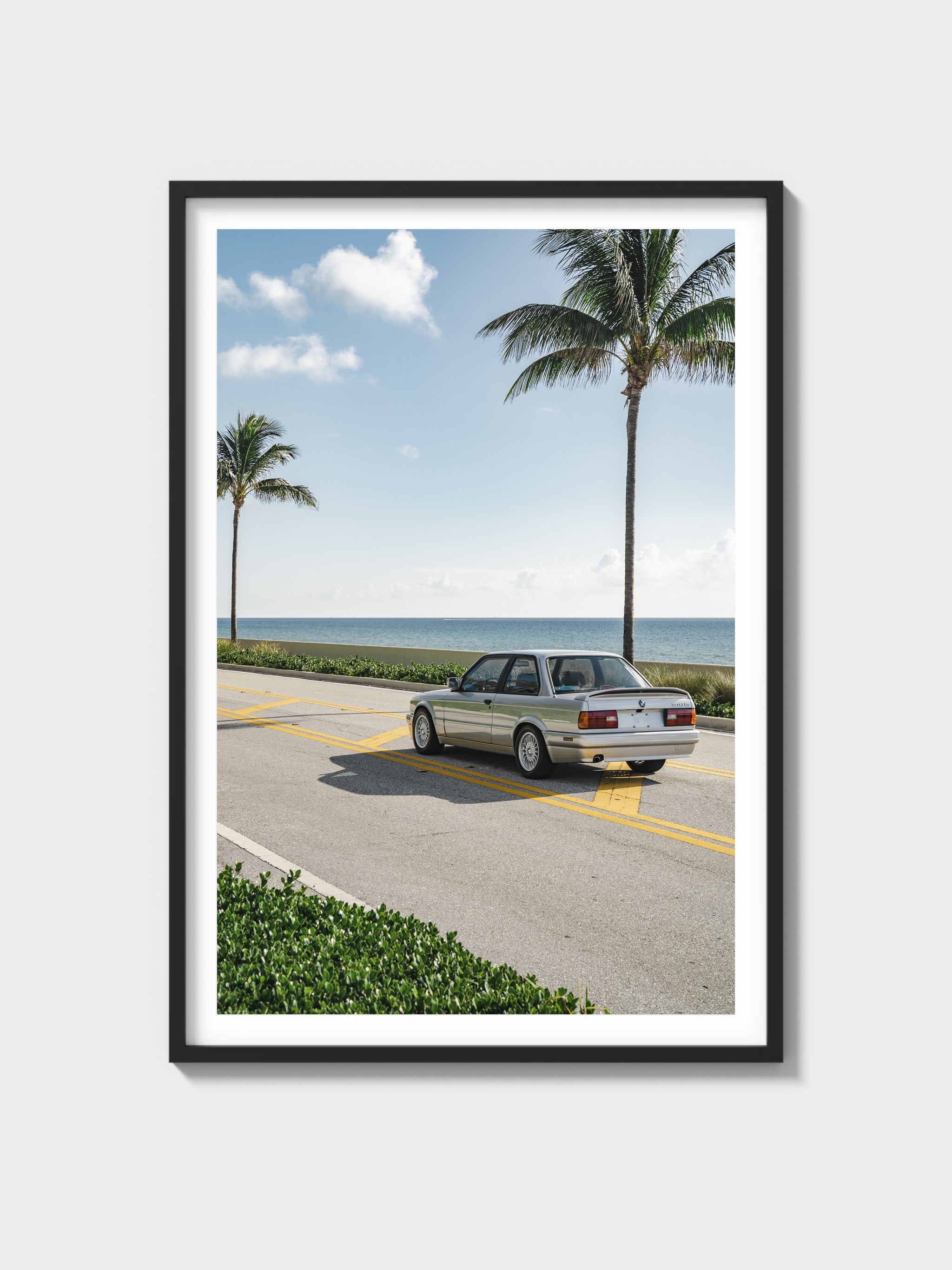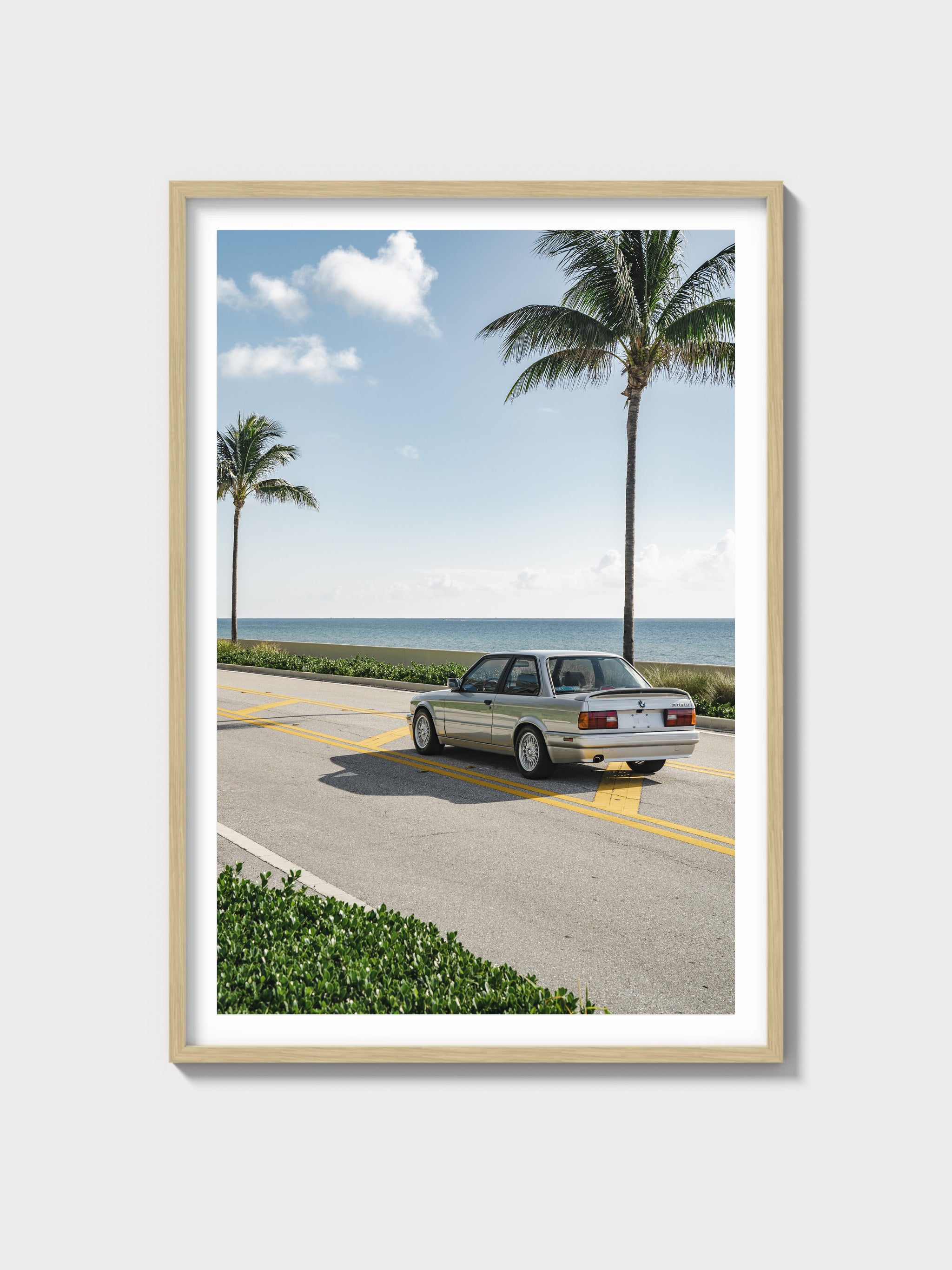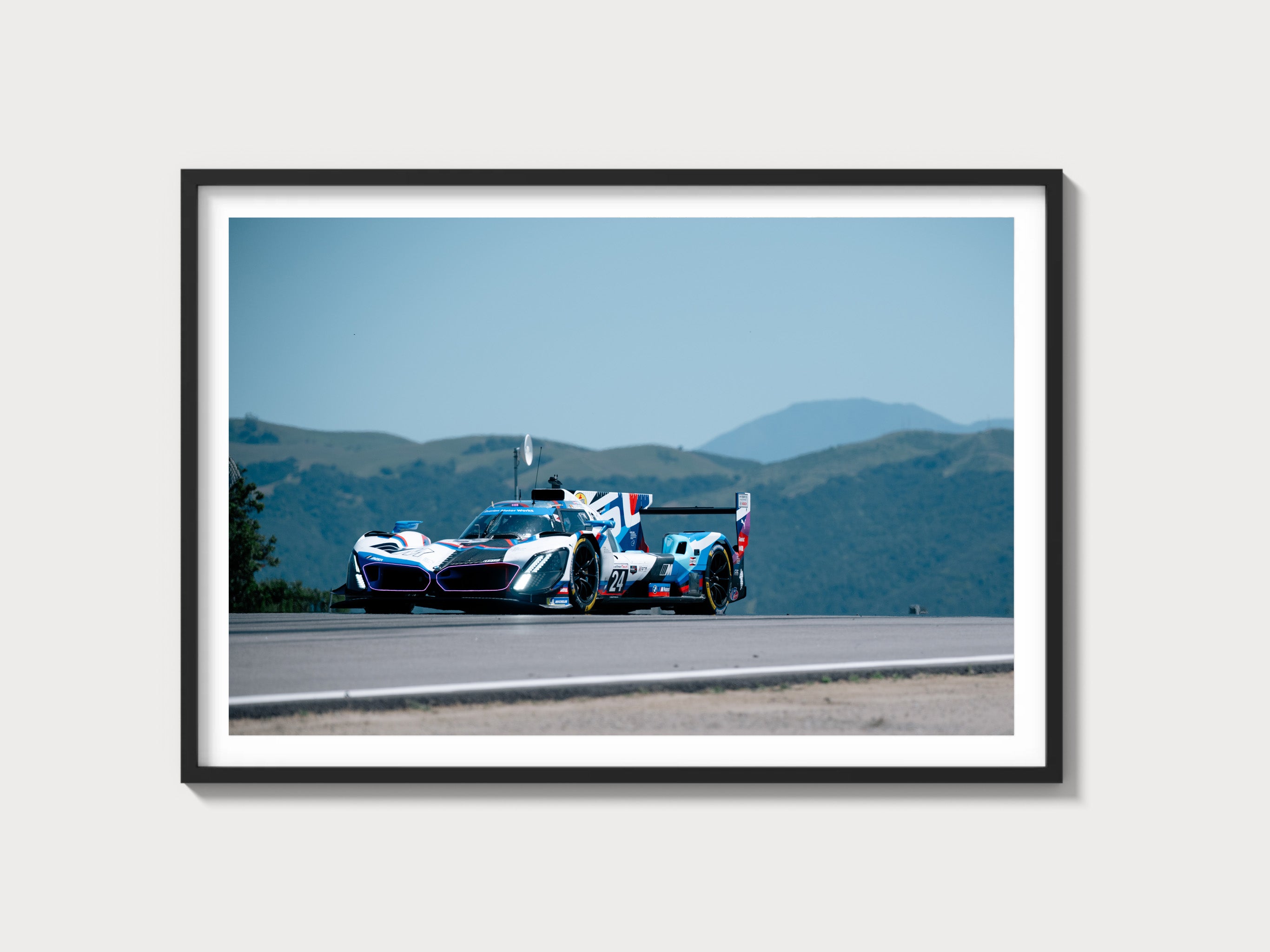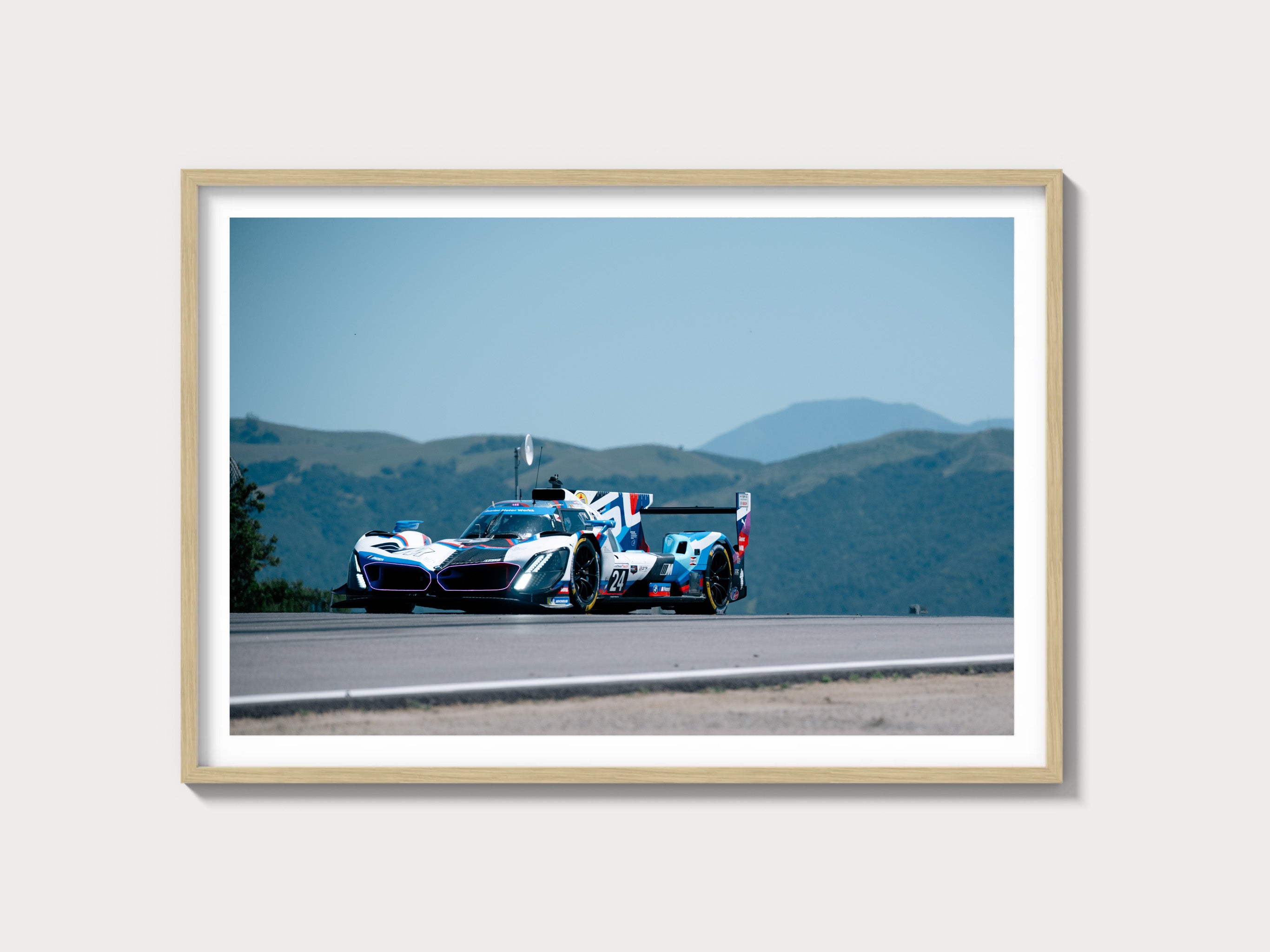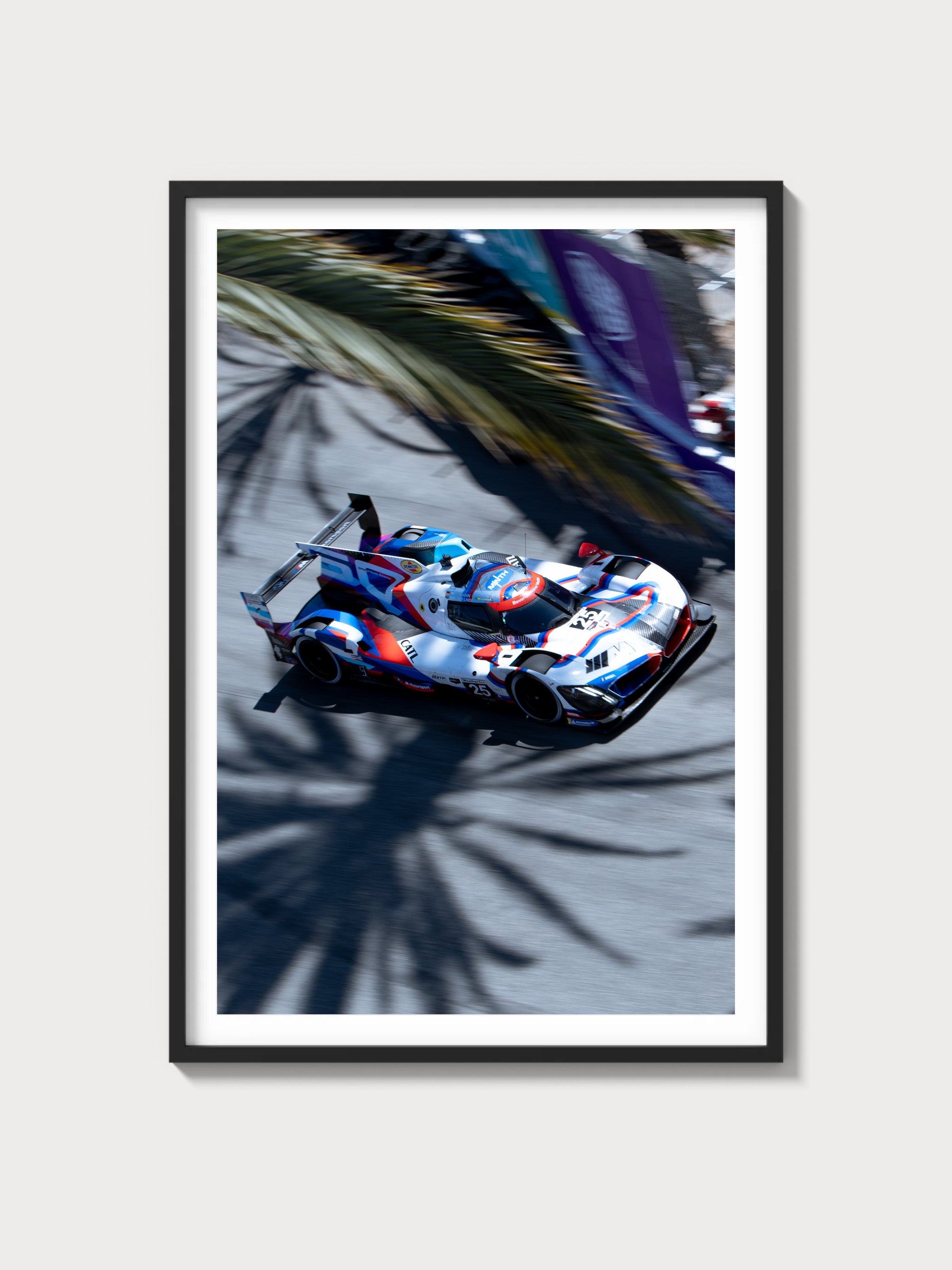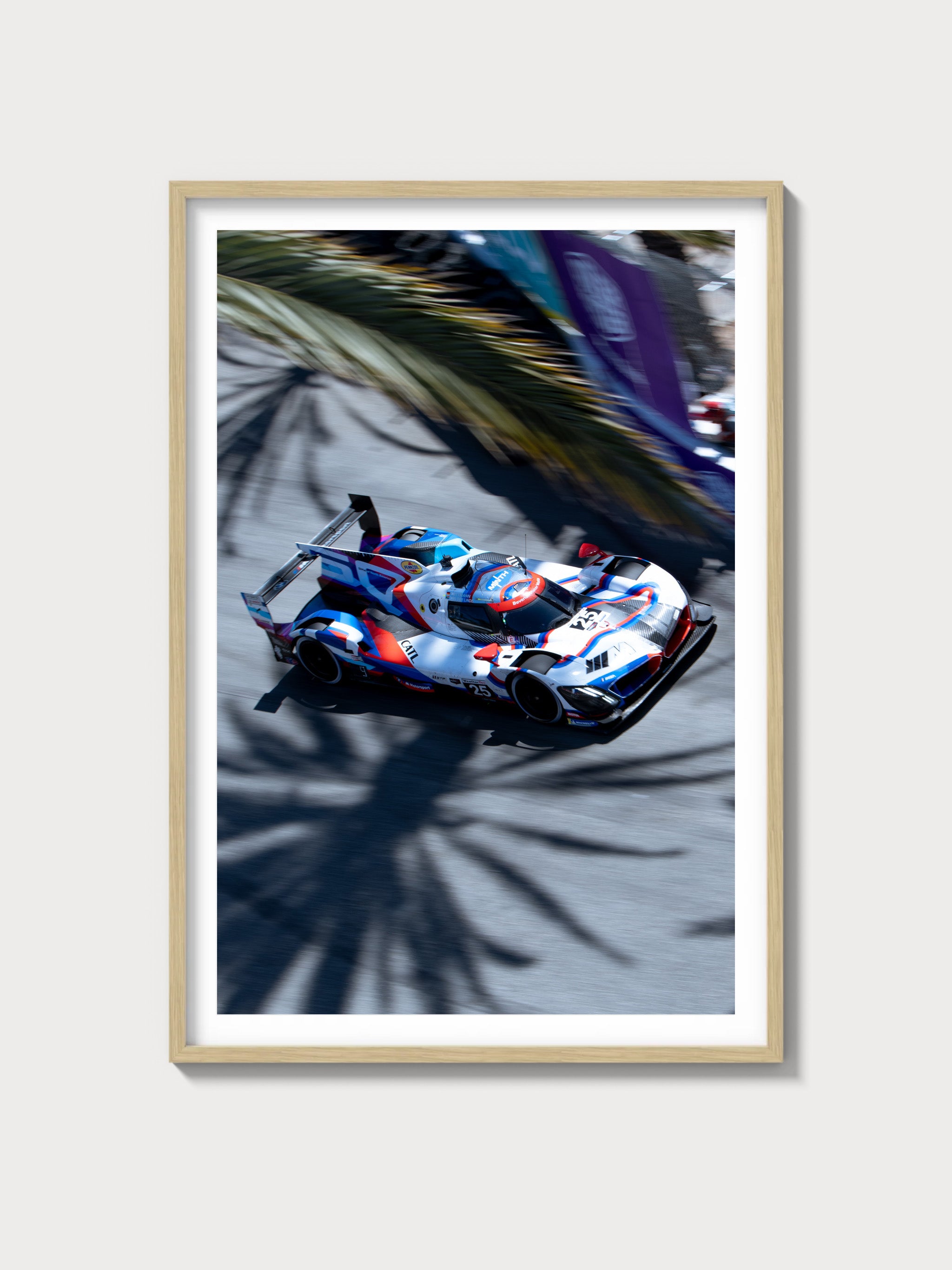The 1967 Chevrolet Corvette L88: Engineering Excellence
Historical Context and Development Background
The 1967 Chevrolet Corvette L88 stands as a monumental figure in automotive history, representing the pinnacle of Chevrolet’s second-generation (C2) Corvette lineup. Developed during a period when American manufacturers were deeply entrenched in a horsepower race, the L88 was conceived as a race-ready machine, intended to dominate on the track rather than the showroom. Chevrolet's engineers, driven by the legendary Zora Arkus-Duntov, focused on creating a car that adhered to the stringent regulations of motorsport, while also pushing the boundaries of performance. The L88 was developed in an era where the Ford GT40 and Ferrari 250 GTO were setting benchmarks on circuits worldwide, thus the Corvette needed to stand its ground among these titans.
Engine and Technical Specifications
| Specification | Details |
|---|---|
| Engine Configuration | V8 |
| Displacement | 427 cubic inches |
| Horsepower | 430 hp (underrated) |
| Induction Type | Natural Aspiration |
| Redline | 6500 rpm |
| Fuel System | Holley 850 CFM 4-barrel carburetor |
| Compression | 12.5:1 |
| Bore/Stroke | 4.25 x 3.76 inches |
Driving Experience and Handling Dynamics
The L88's driving experience is a visceral affair, marked by the roar of its high-compression engine and the precise feedback from its manual steering setup. The suspension, featuring independent front and rear designs, was tuned for high-speed stability and cornering prowess, albeit at the expense of ride comfort typical of a road car. The Muncie M22 "Rock Crusher" 4-speed manual transmission offered a robust, mechanical connection that demanded respect and precision from the driver.
Full Performance Specifications
| Specification | Details |
|---|---|
| 0–60 mph | 4.2 seconds |
| Top Speed | 170 mph |
| Quarter-Mile | 12.4 seconds |
| Weight | 3200 lbs |
| Layout | FR (Front-engine, Rear-wheel-drive) |
| Brakes | Disc |
| Suspension | Independent front and rear |
| Gearbox Type | Muncie M22 4-speed manual |
Variant Breakdown
Production of the L88 was limited to 20 units in 1967, making it one of the rarest Corvettes. Unlike the standard models, the L88 omitted conveniences like a radio and heater to save weight and focus on performance. The L88 was available in a variety of colors, but all featured minimal badging to maintain a low profile.
Ownership Notes
Ownership of a 1967 L88 is both a privilege and a responsibility. Maintenance requires a deep understanding of its high-performance engine, especially given its high-compression nature which necessitates racing-grade fuel. Parts availability is limited, often requiring custom fabrication or sourcing from specialized collectors. Regular service intervals are essential to maintain its peak performance.
Cultural Relevance
The L88's cultural significance is not just cemented in its scarcity, but in its illustrious racing legacy. It has seen success in events like the 24 Hours of Daytona and the 12 Hours of Sebring, where it cemented its reputation as a formidable competitor. In recent years, the L88 has become a highly sought-after collector's item, fetching multimillion-dollar bids at auction and appearing in various automotive media as an example of Corvette's golden era of racing.
Frequently Asked Questions
- Is the 1967 Corvette L88 reliable? With proper maintenance and care, the L88 can be reliable, though it demands meticulous attention due to its specialized components.
- What is the current value trend for the L88? The L88's value has consistently appreciated over the years due to its rarity and racing pedigree, making it a blue-chip investment in the classic car market.
- What are known problems with the L88? Common issues include the need for high-octane fuel, potential overheating, and the wear of its specialized components, which can be costly to replace.

